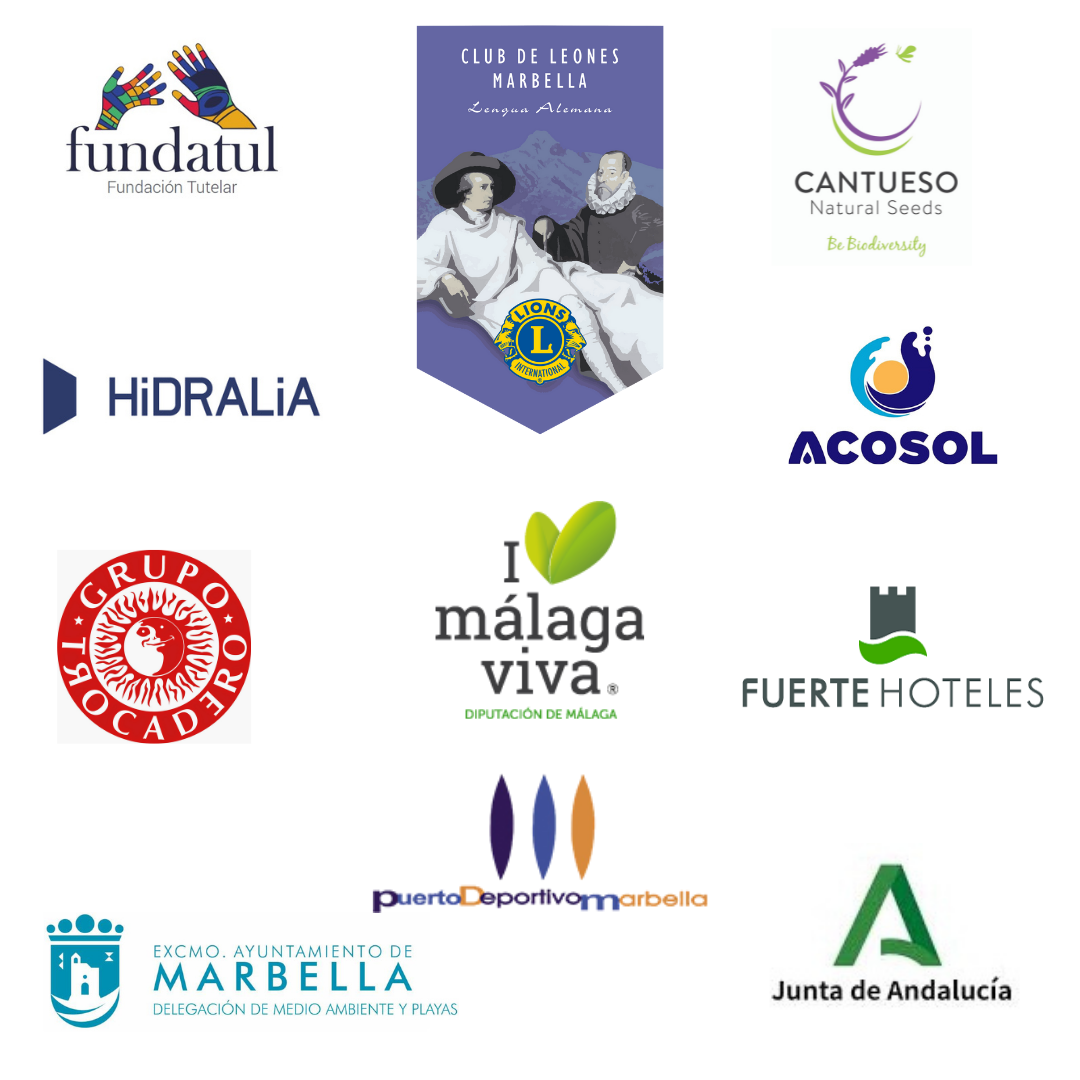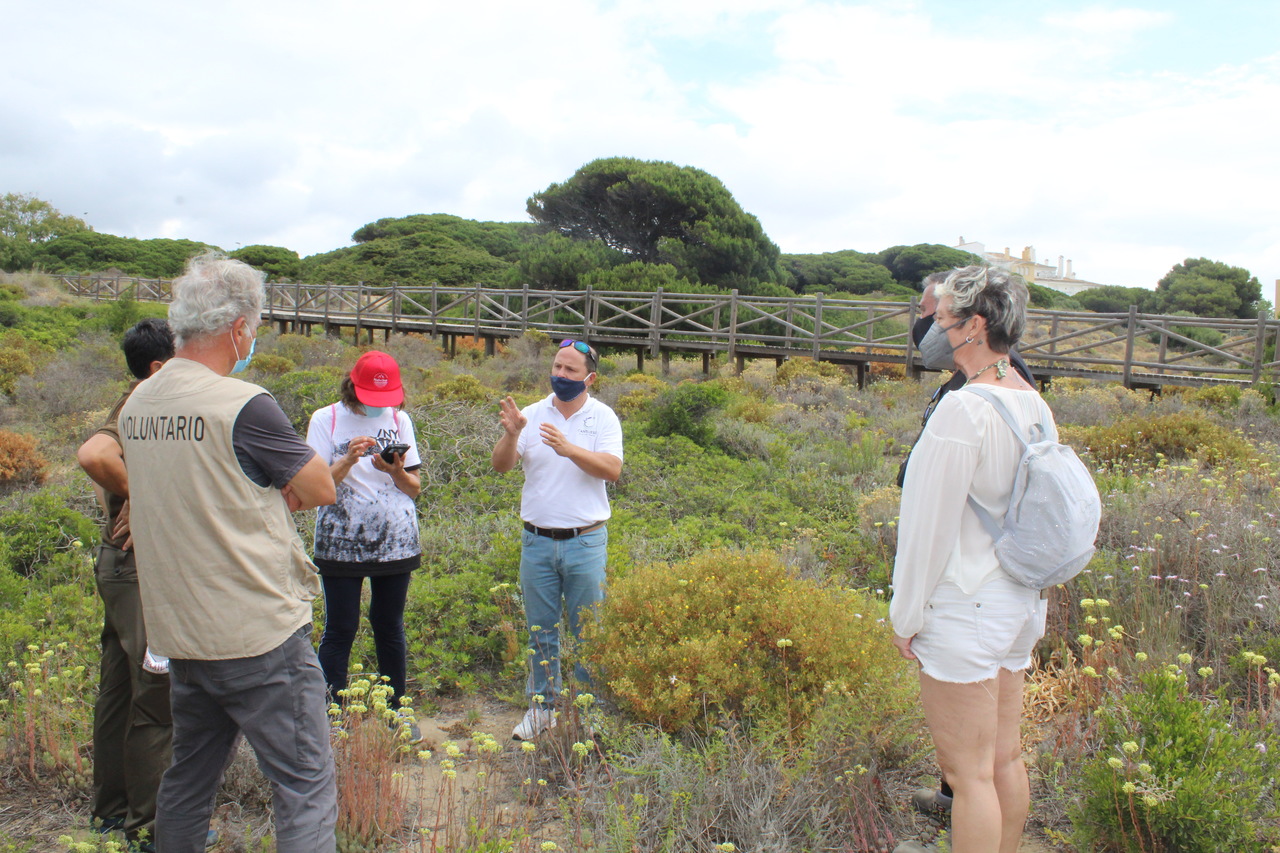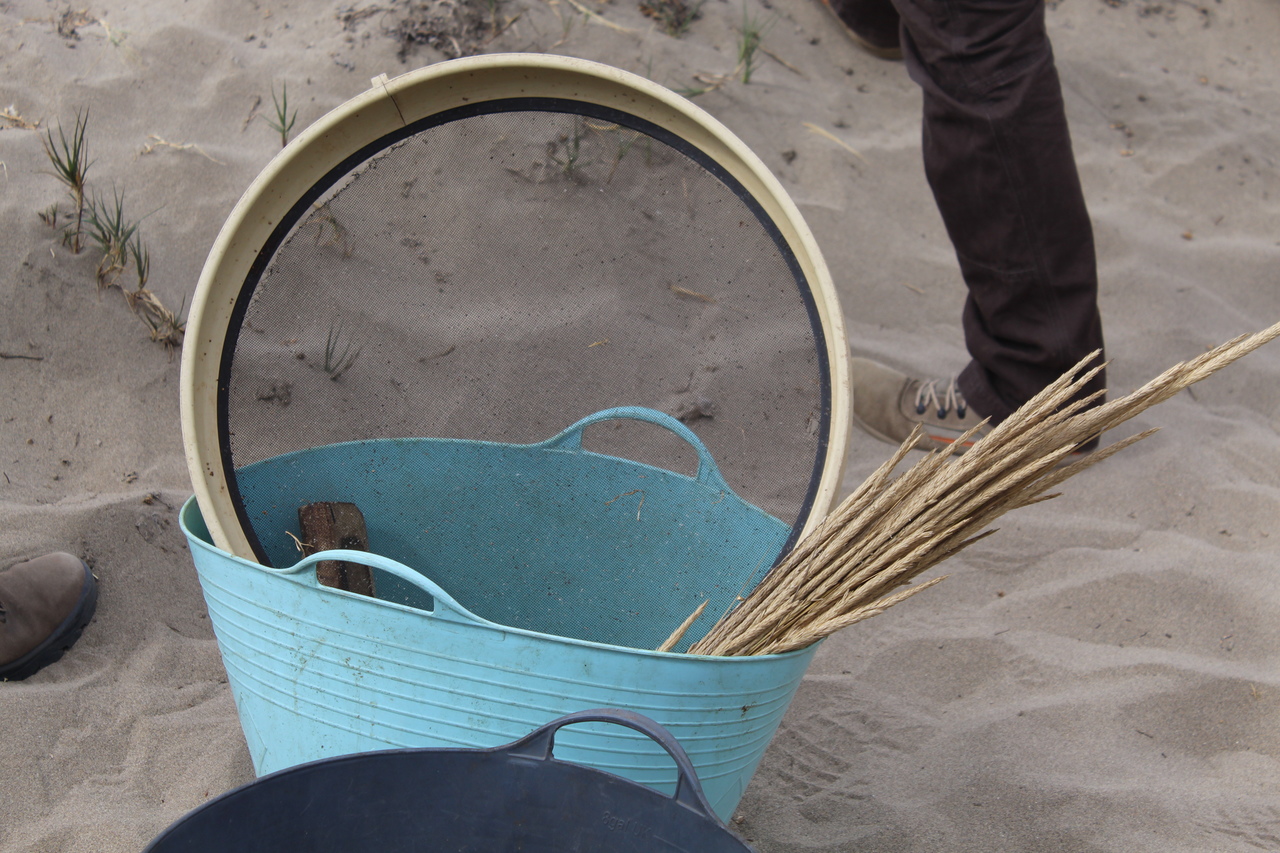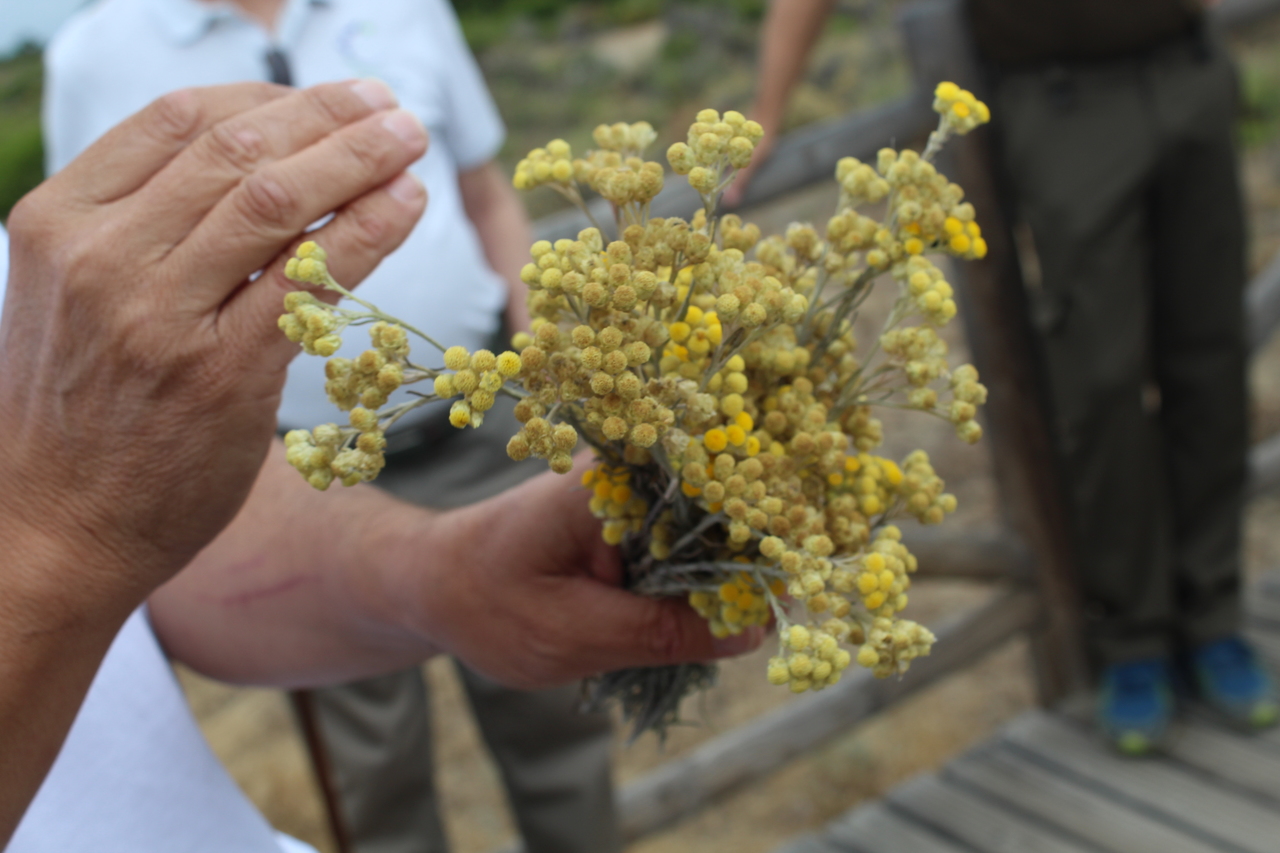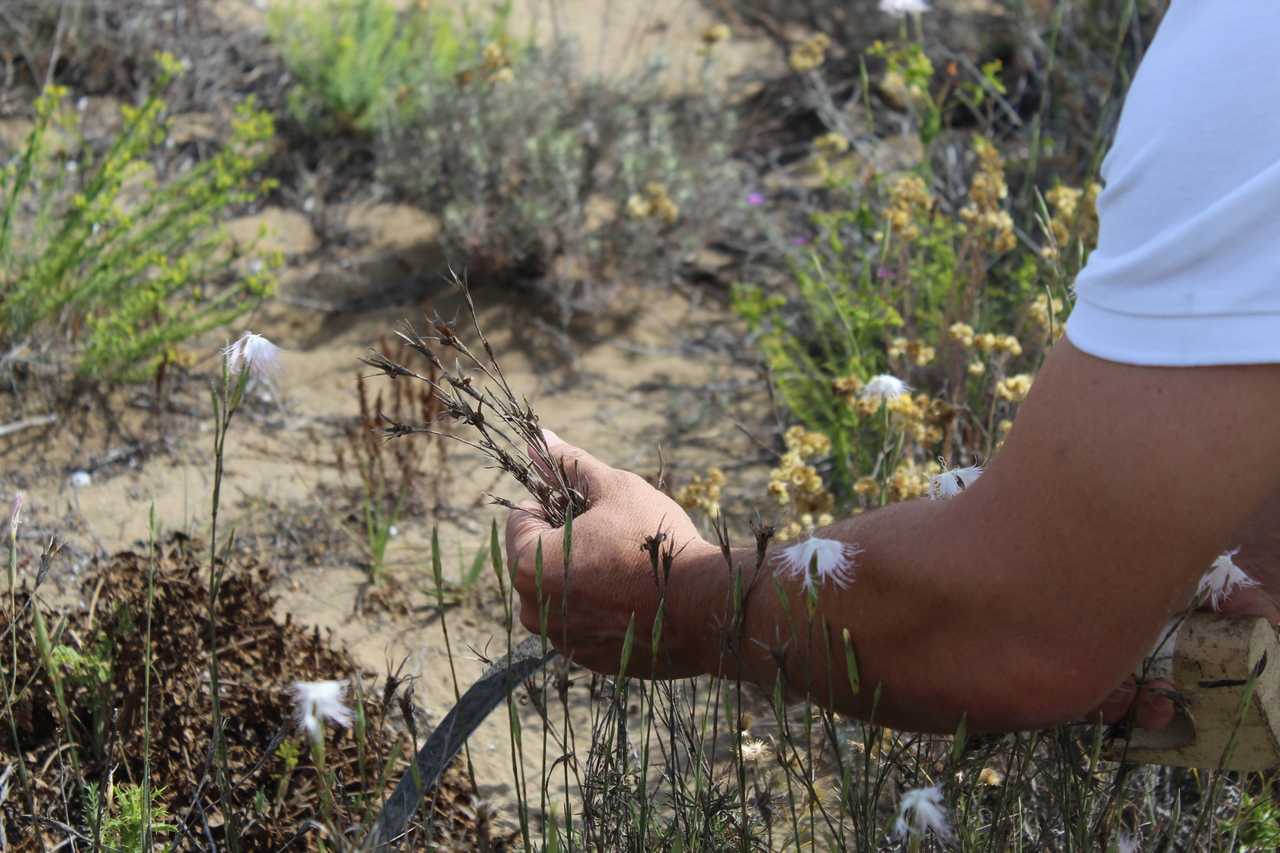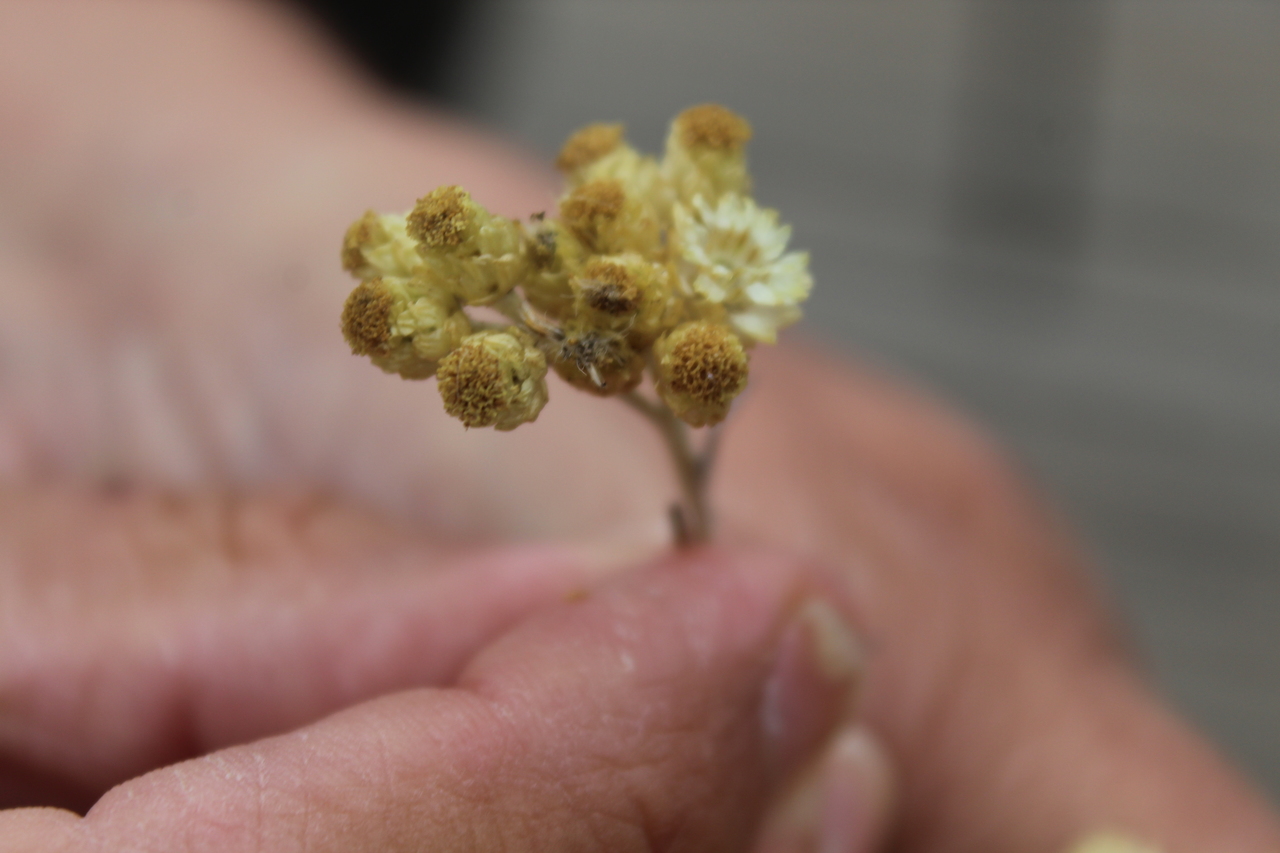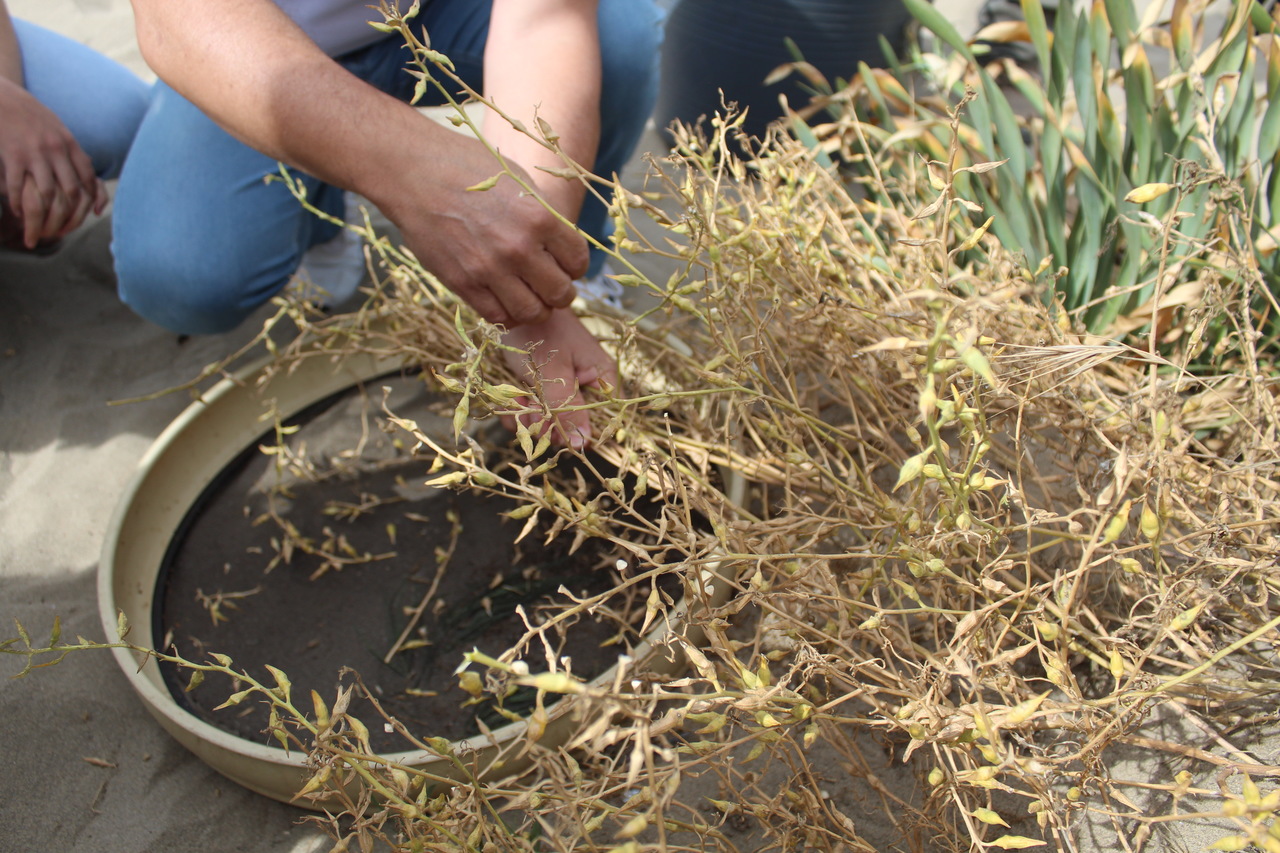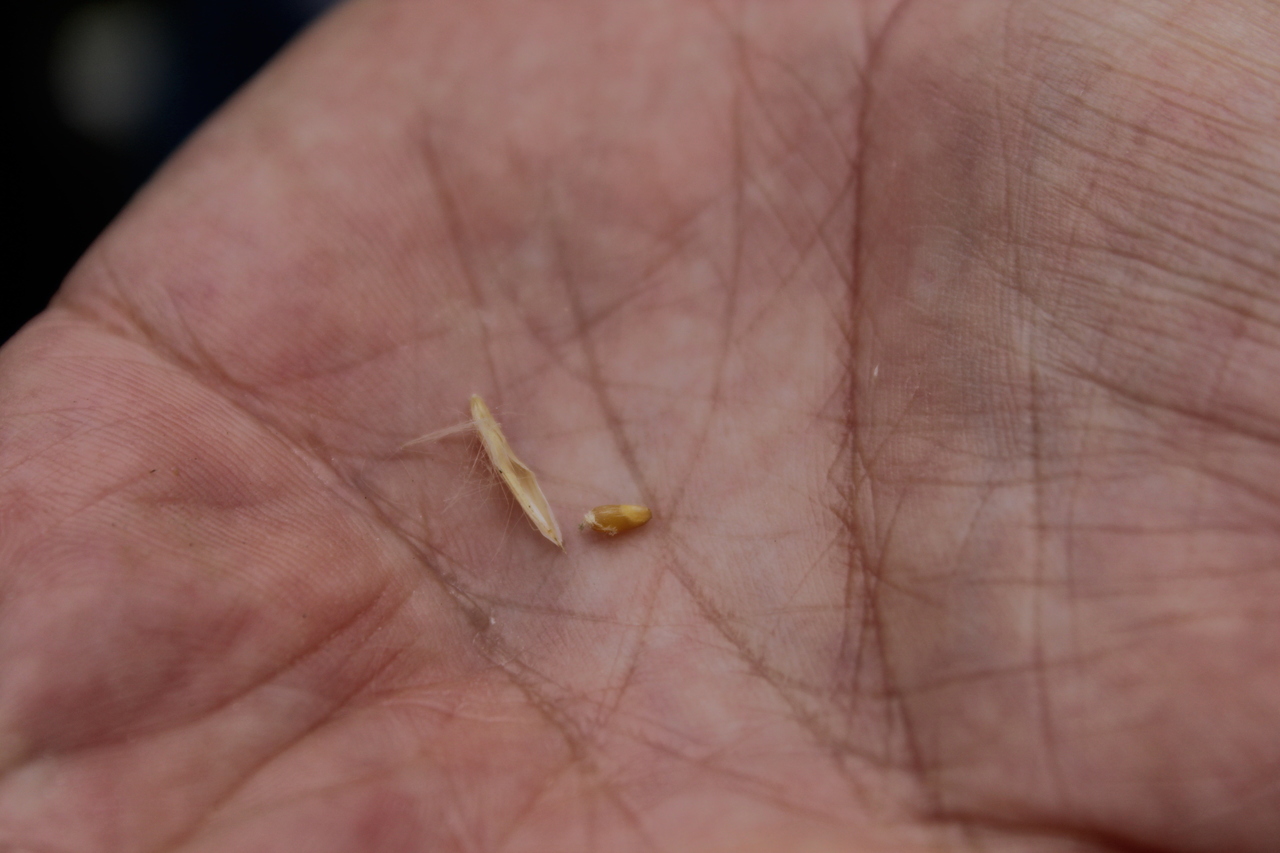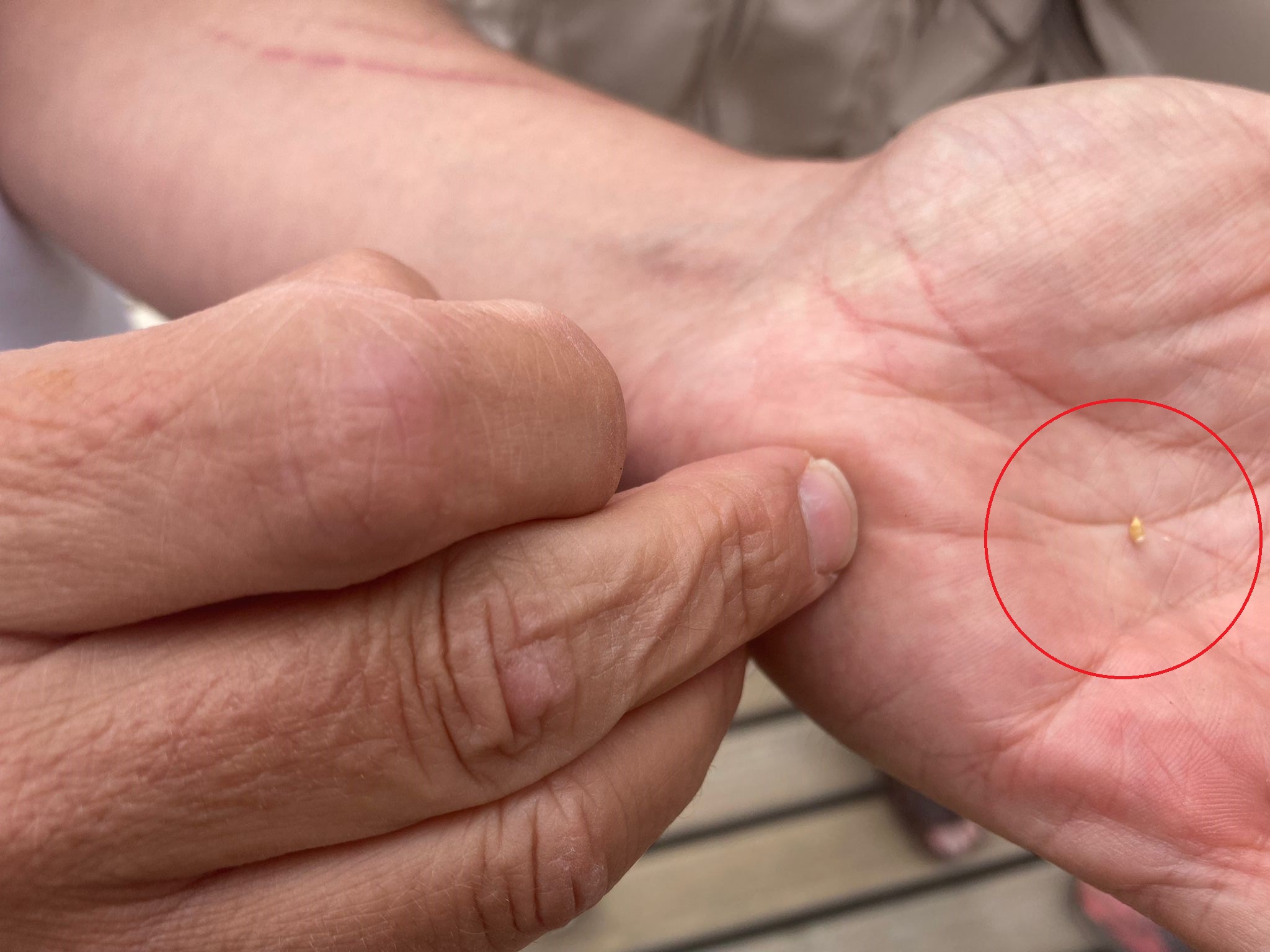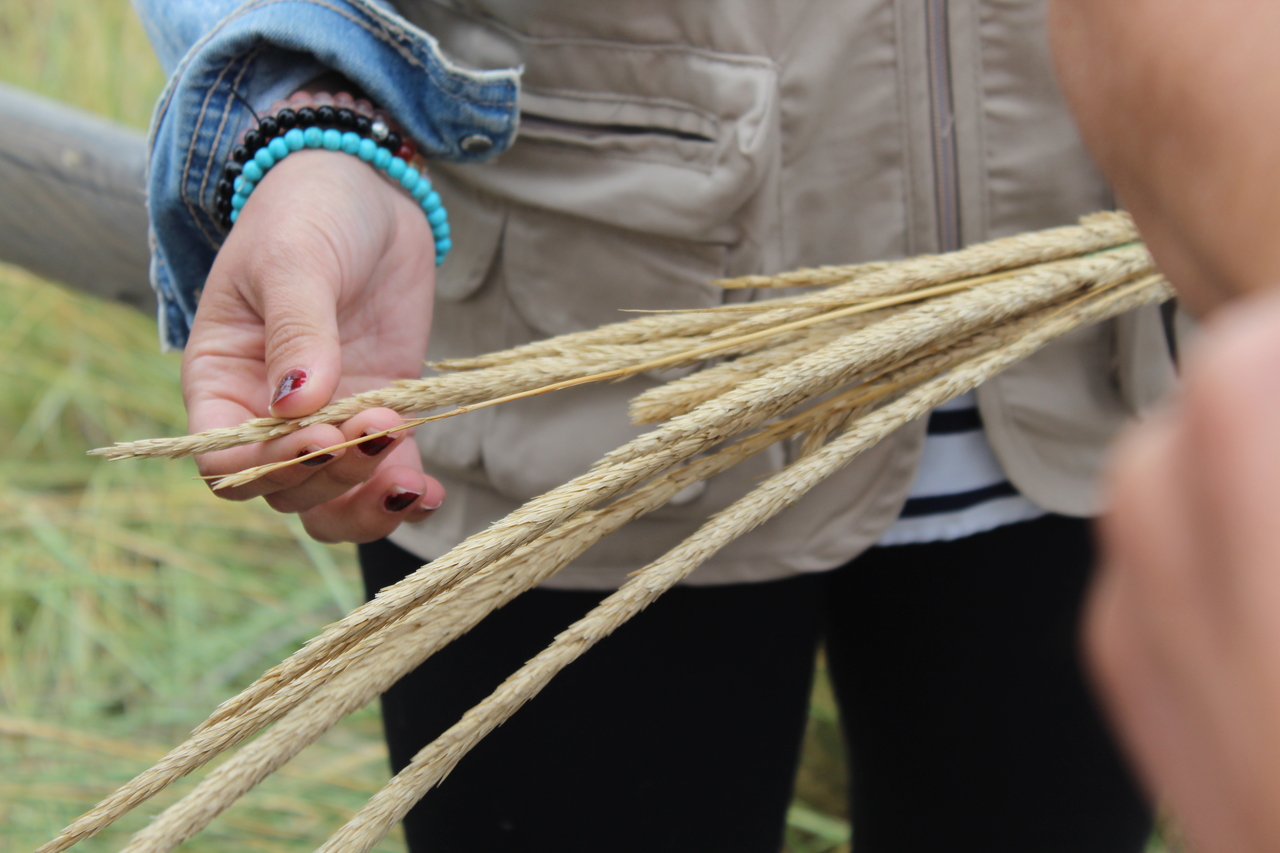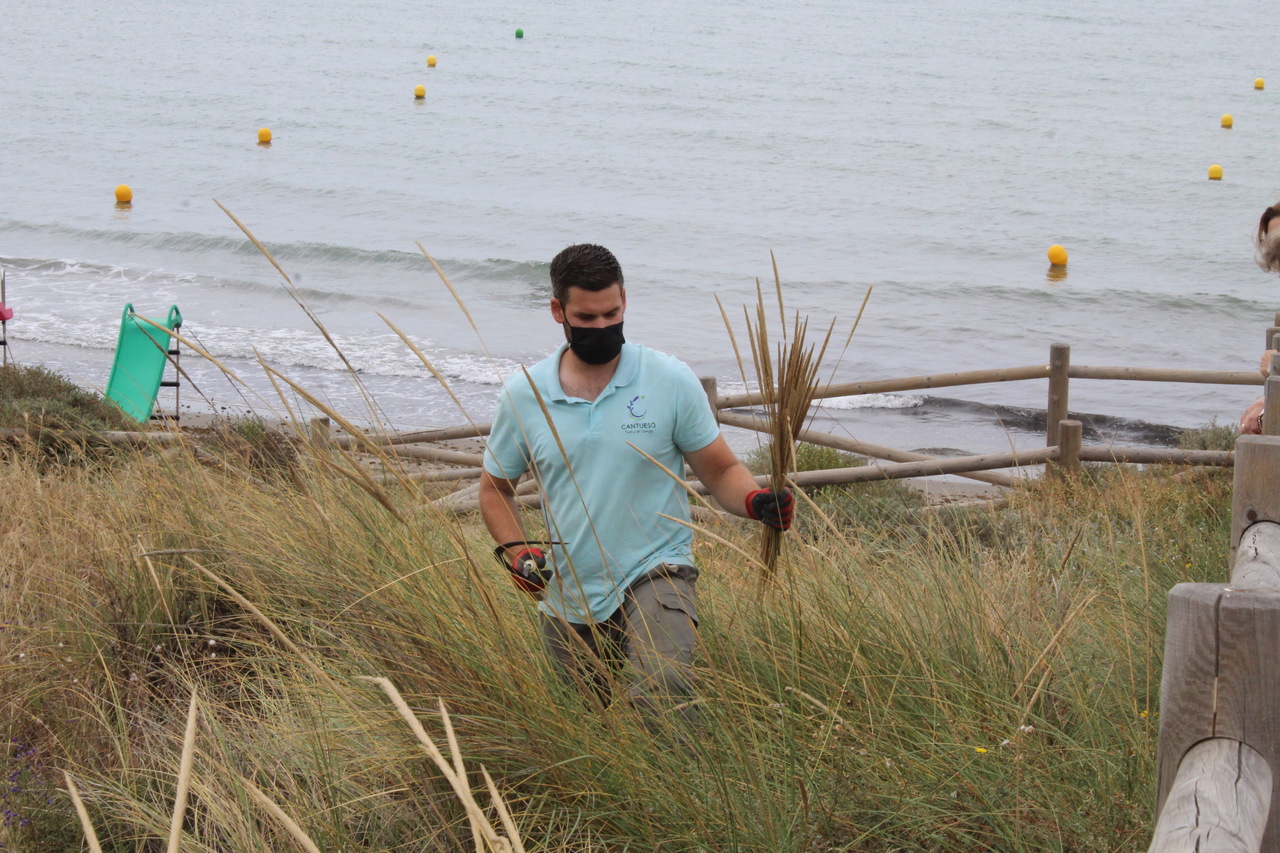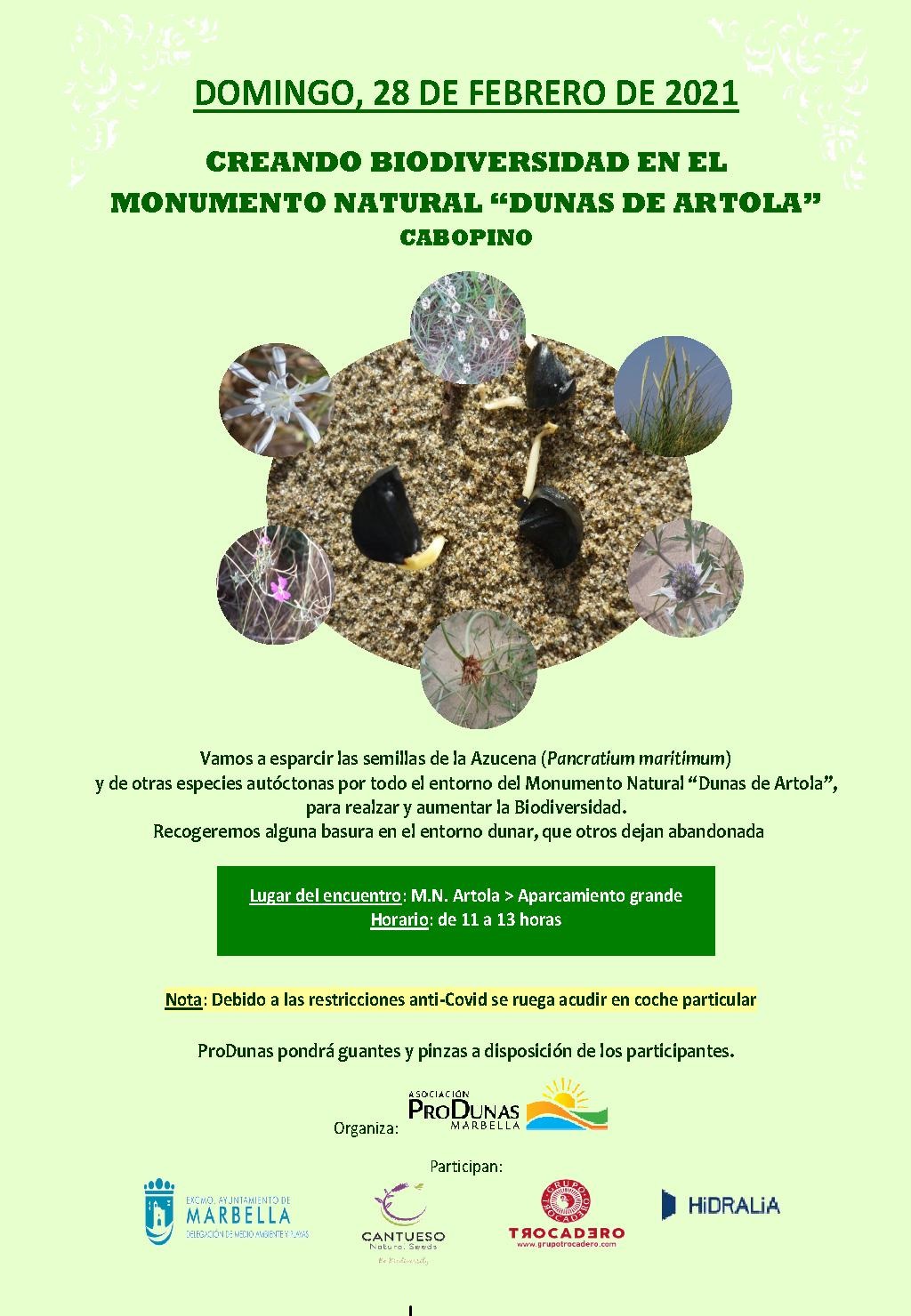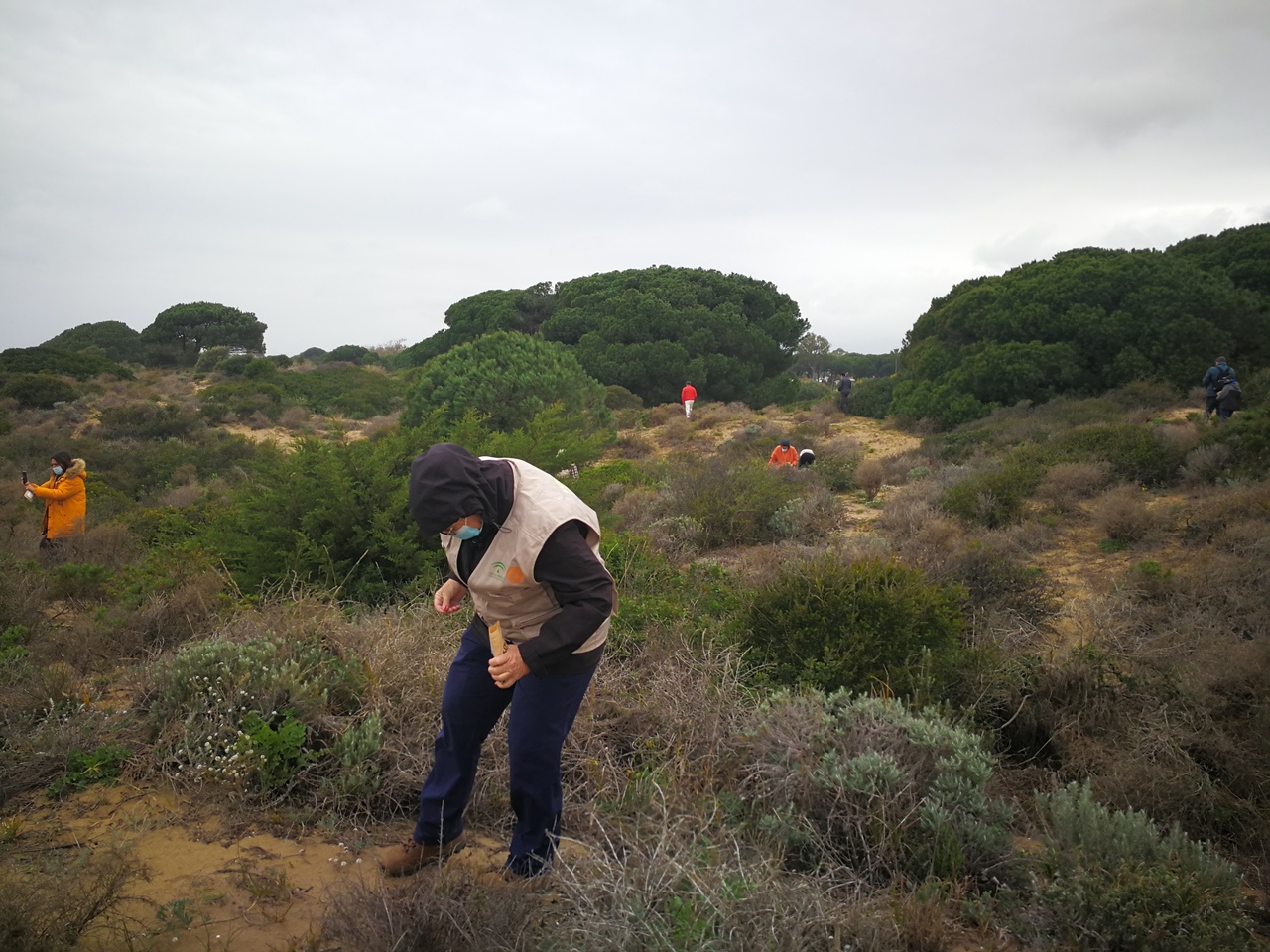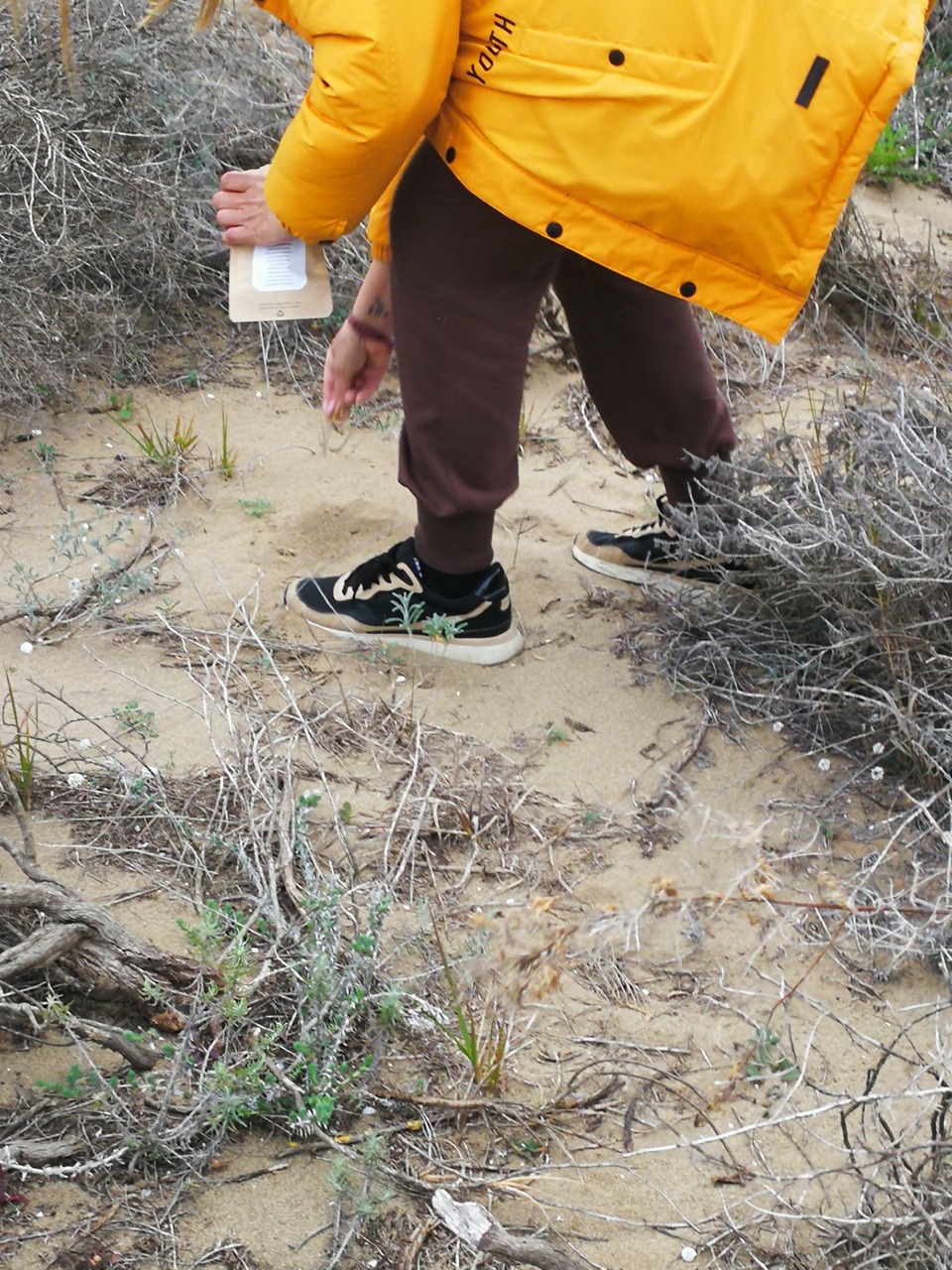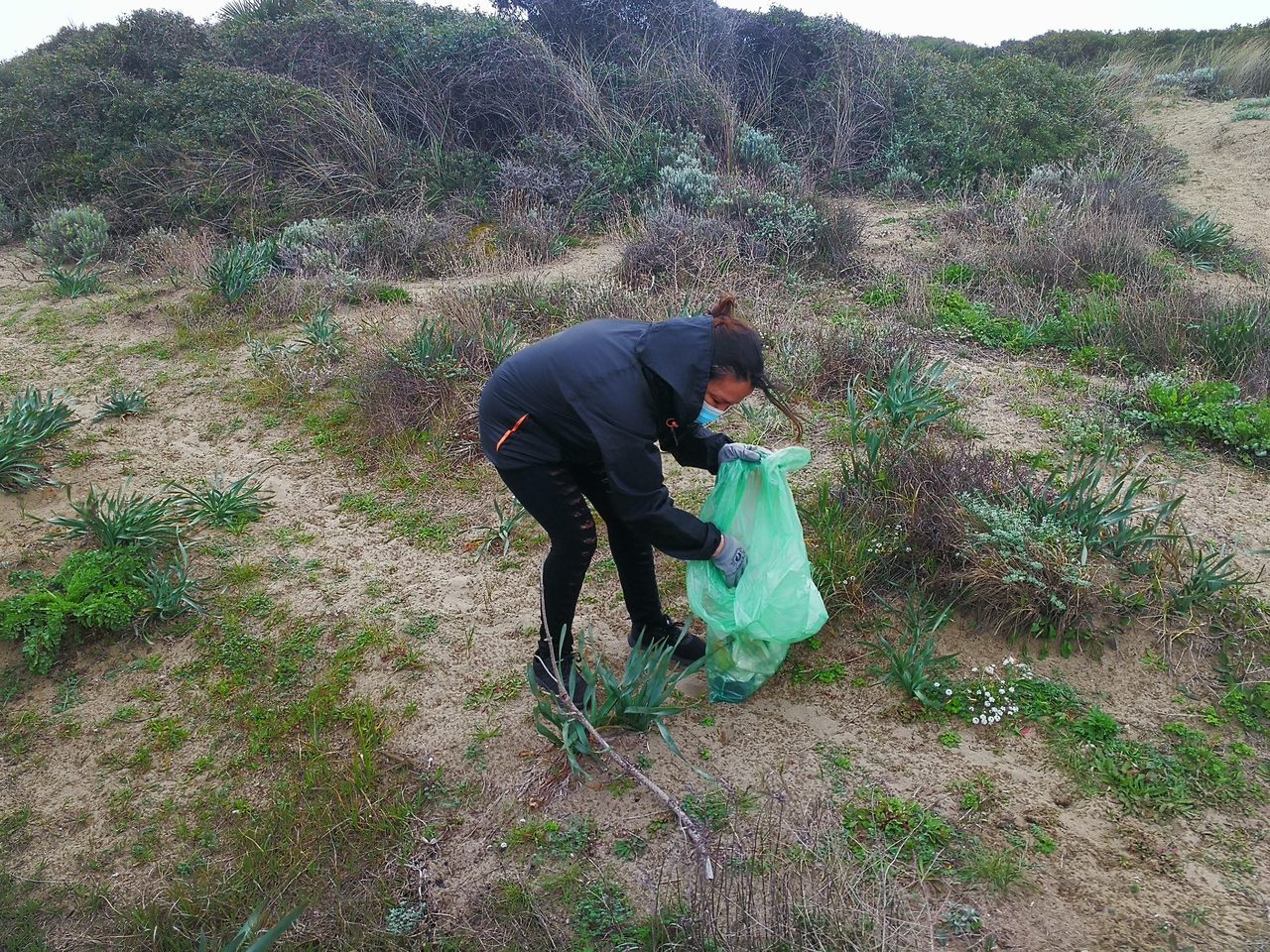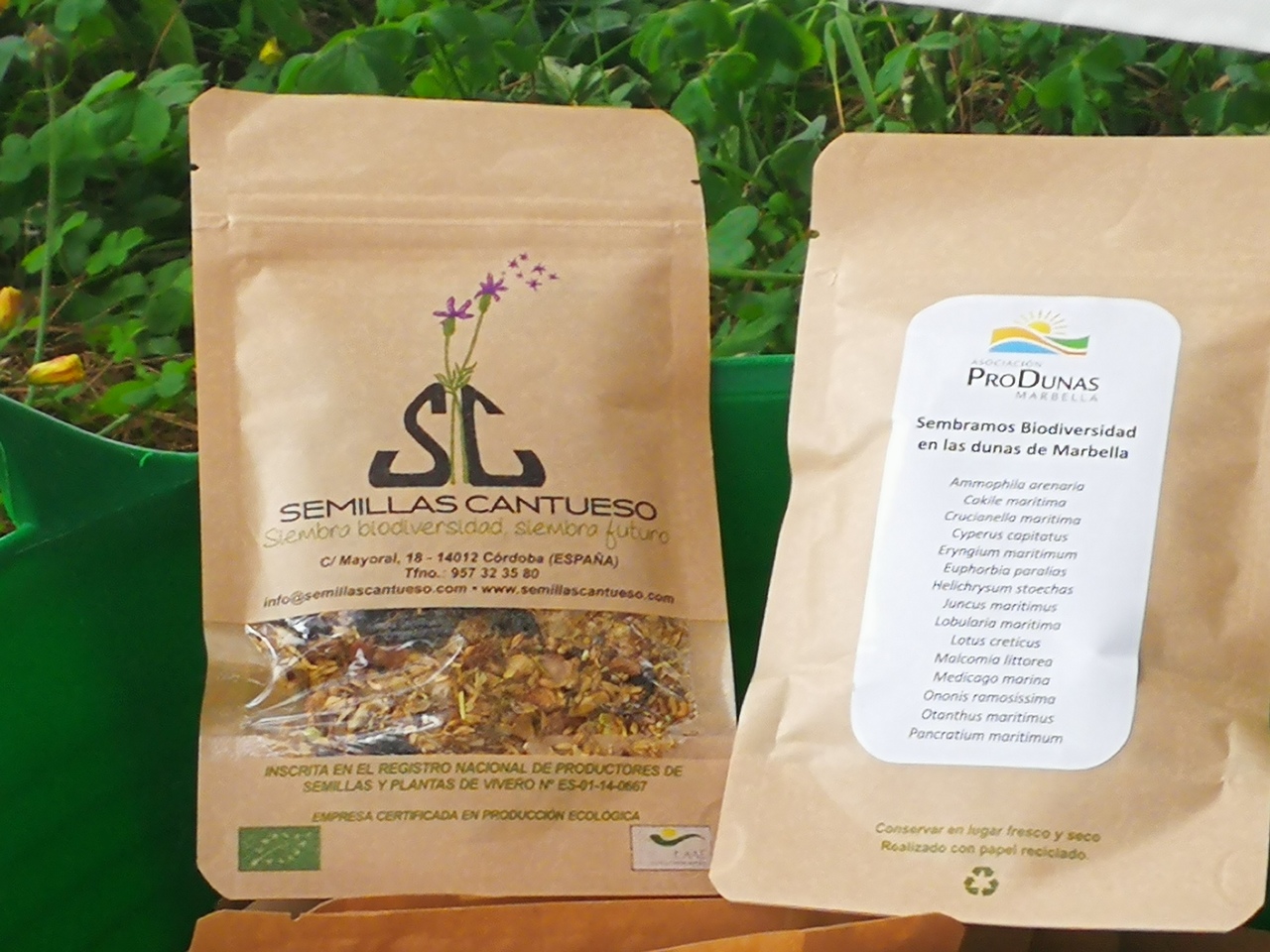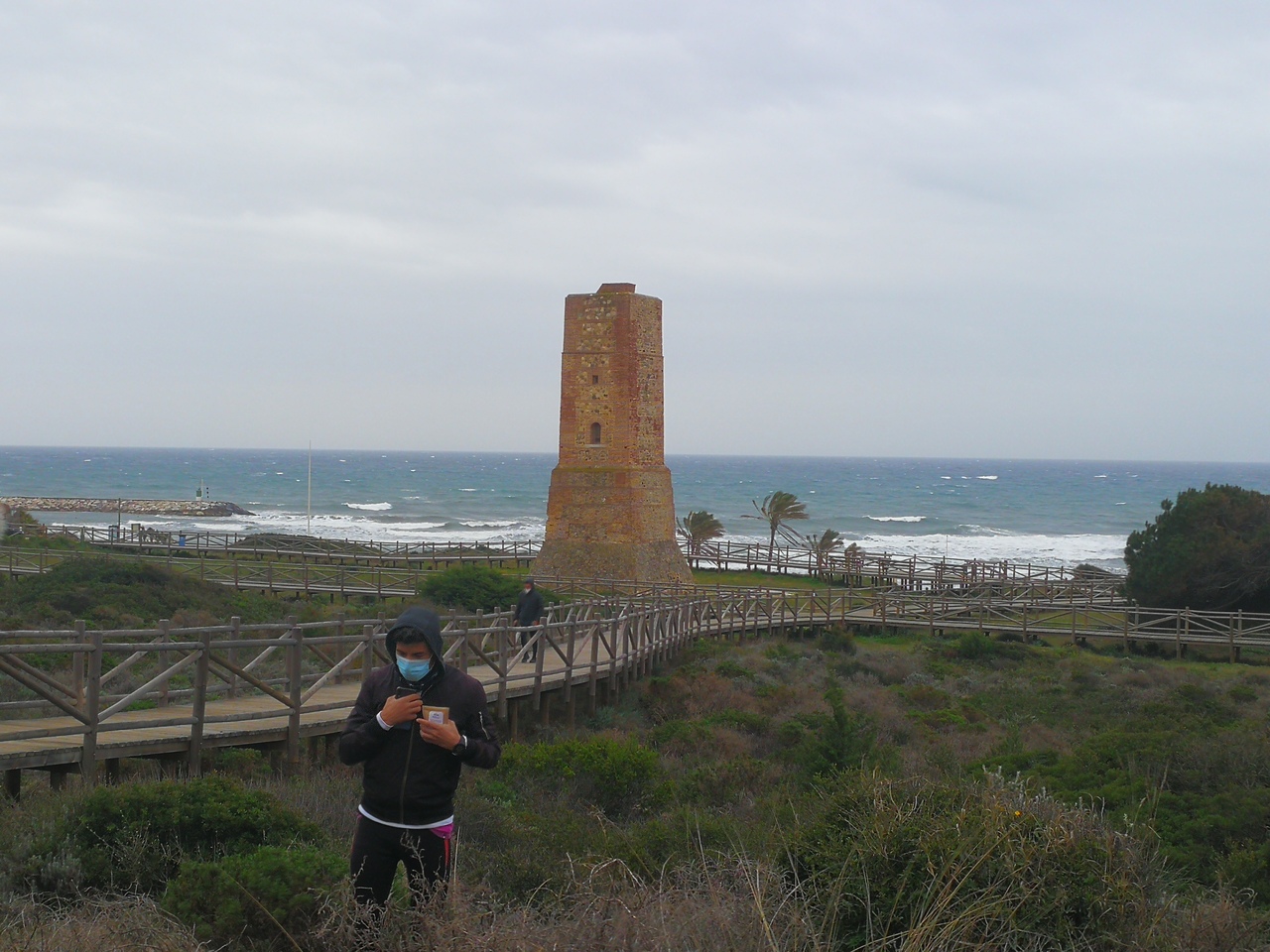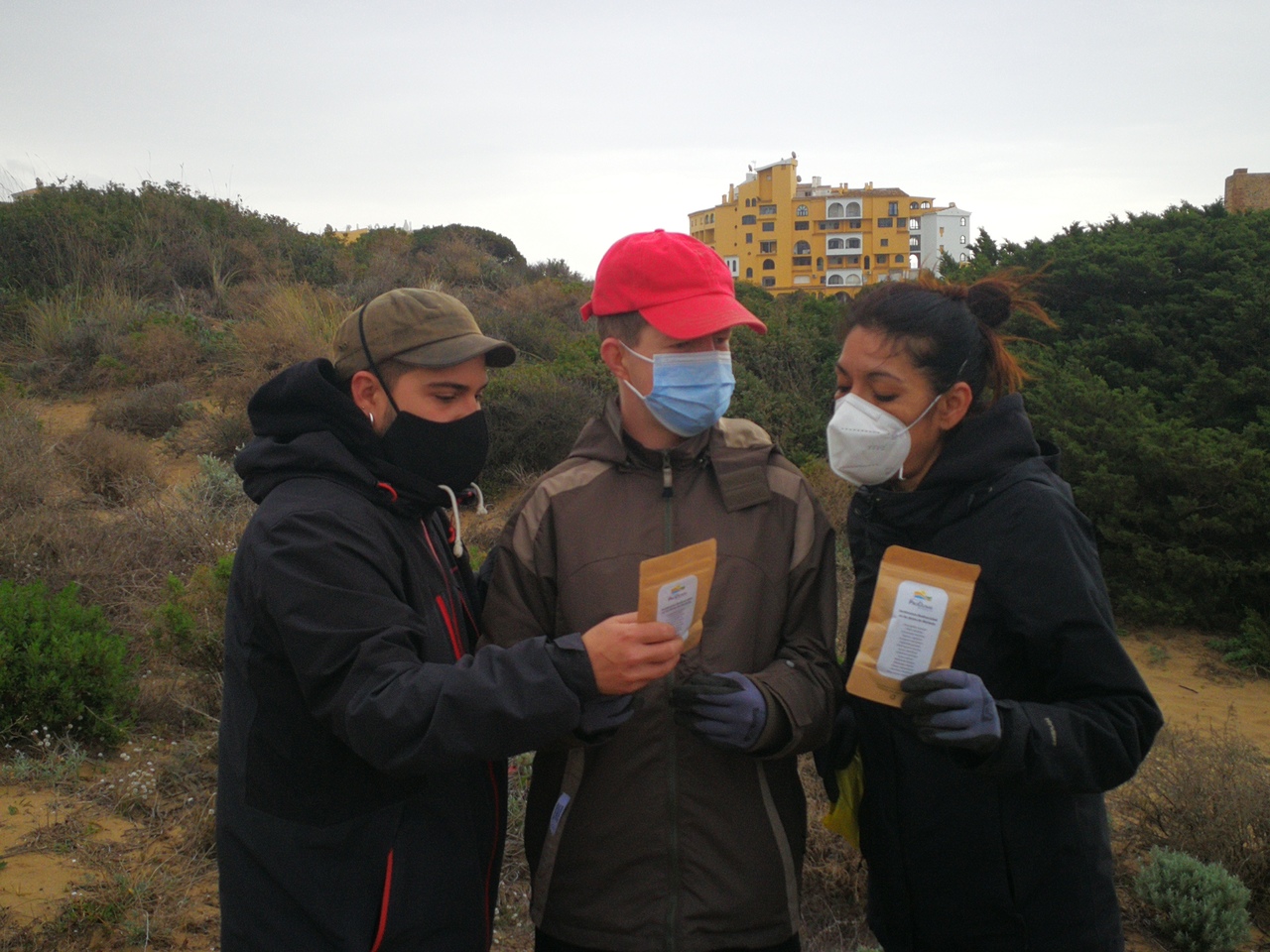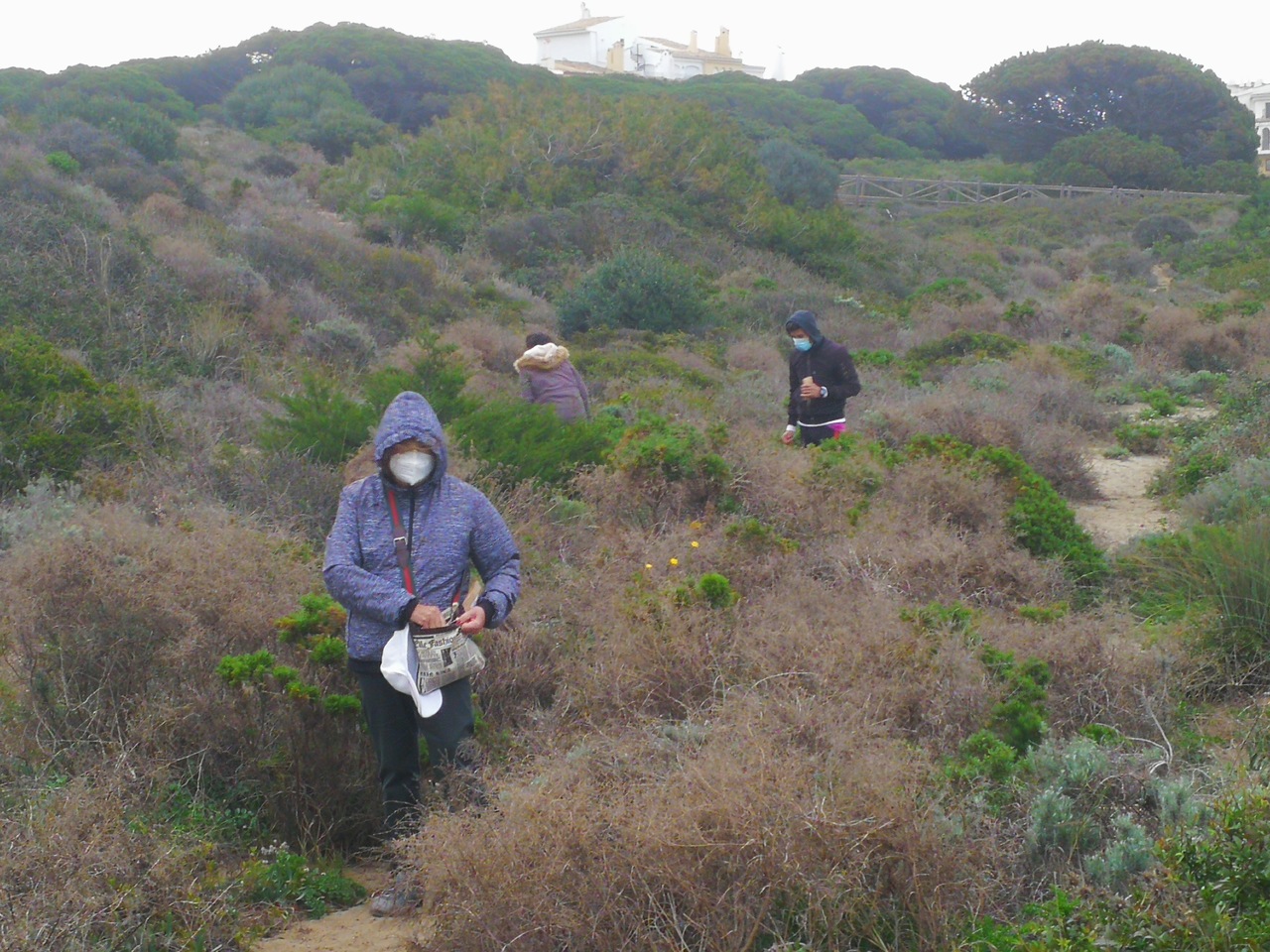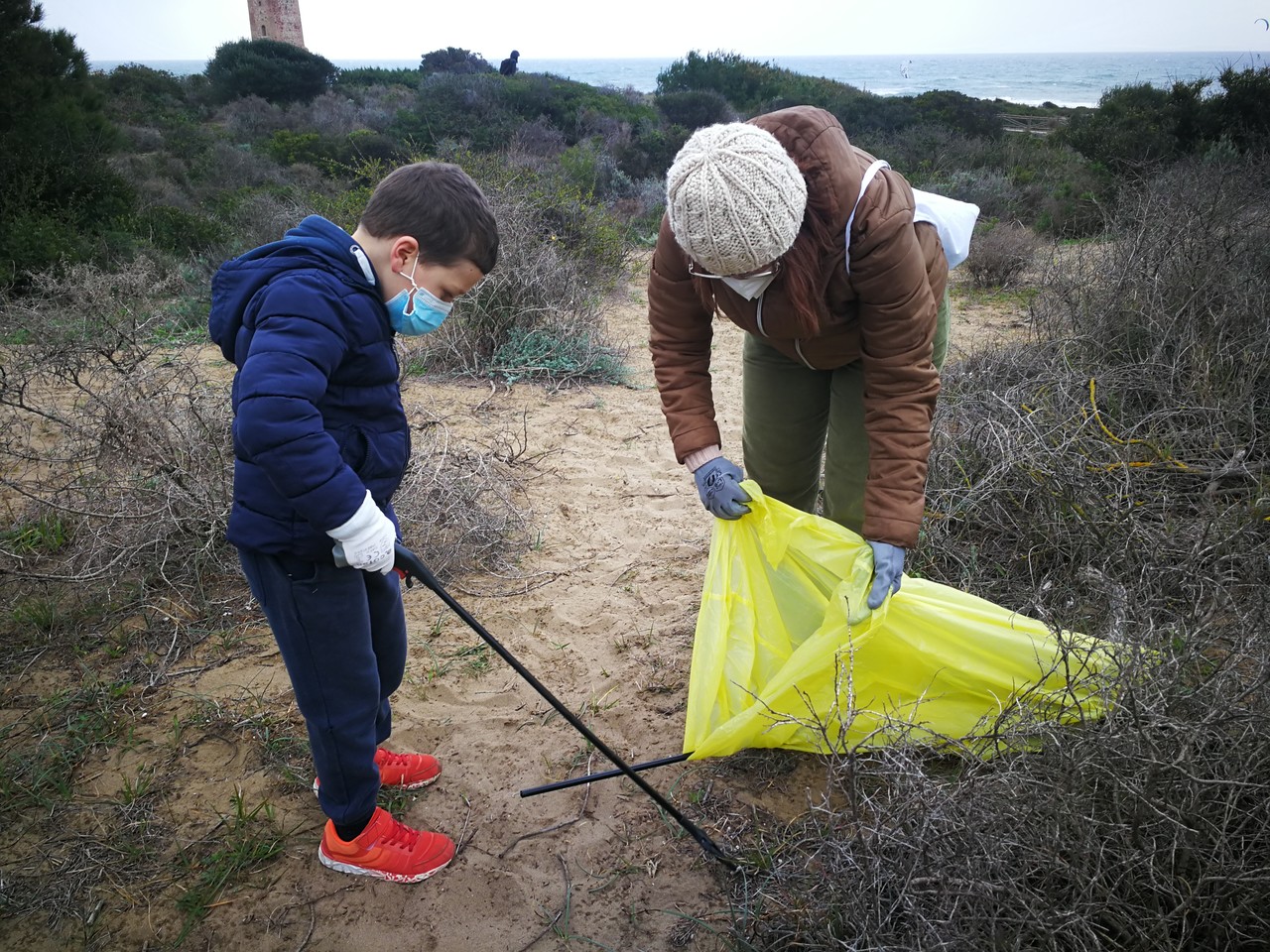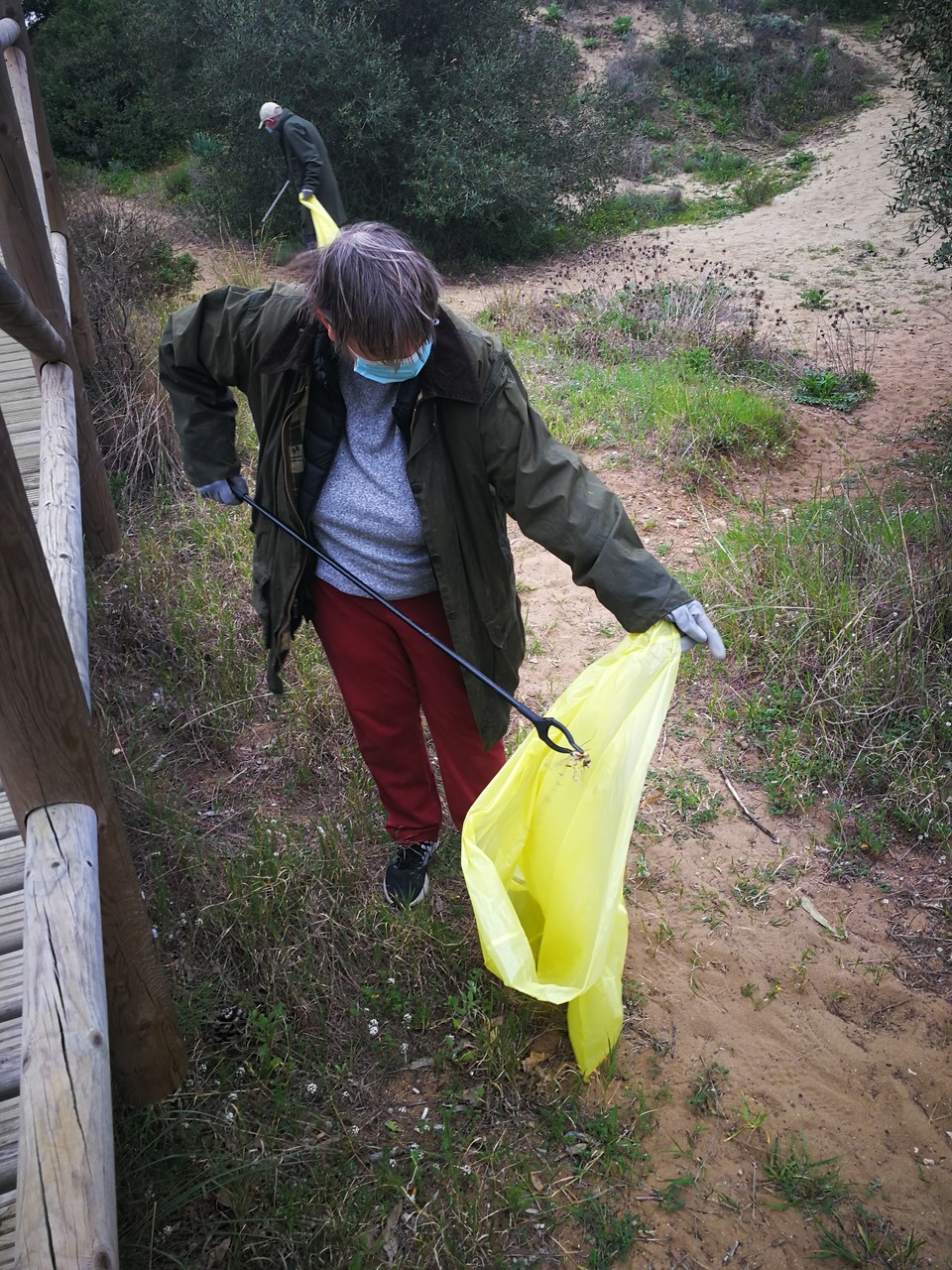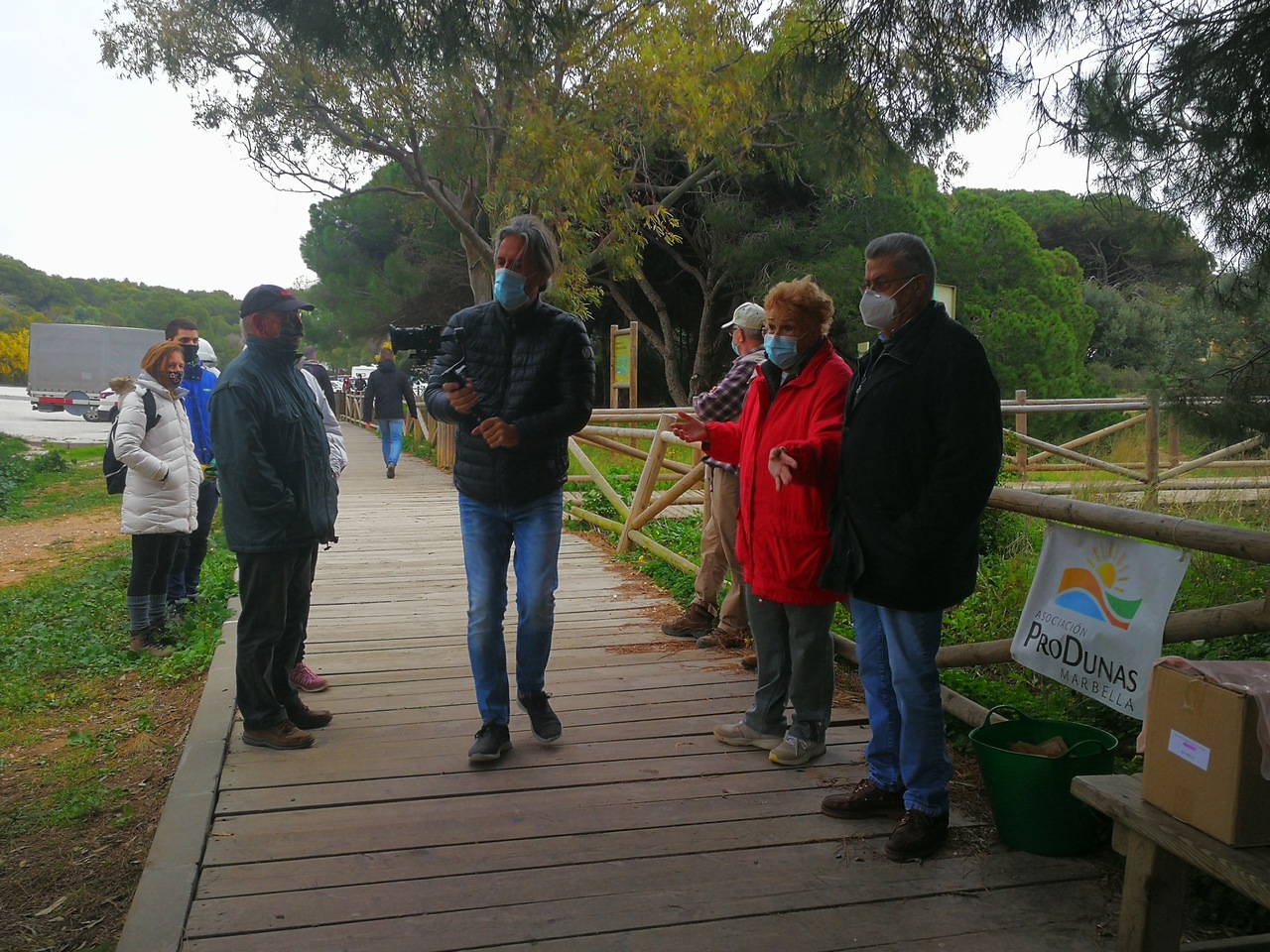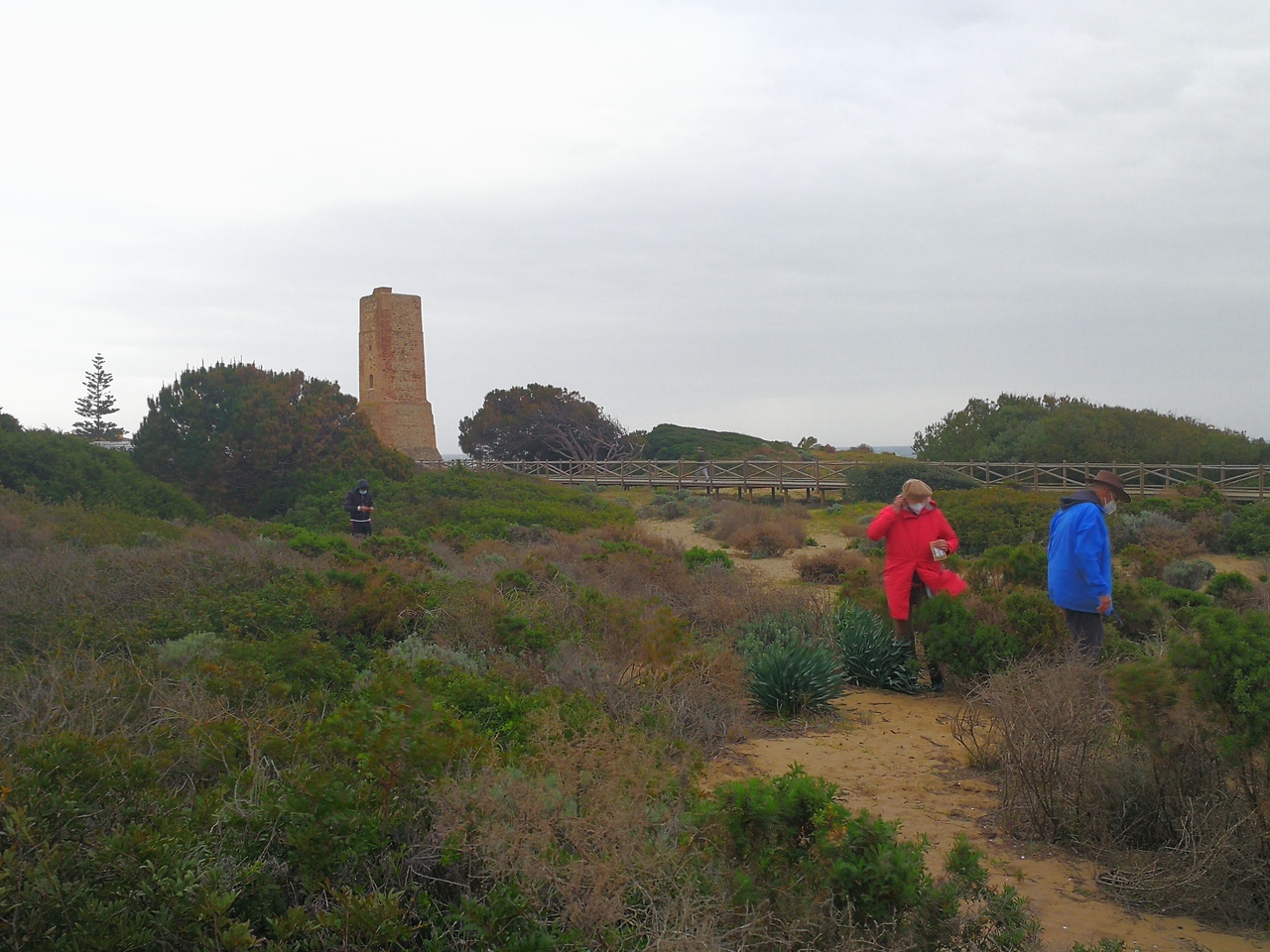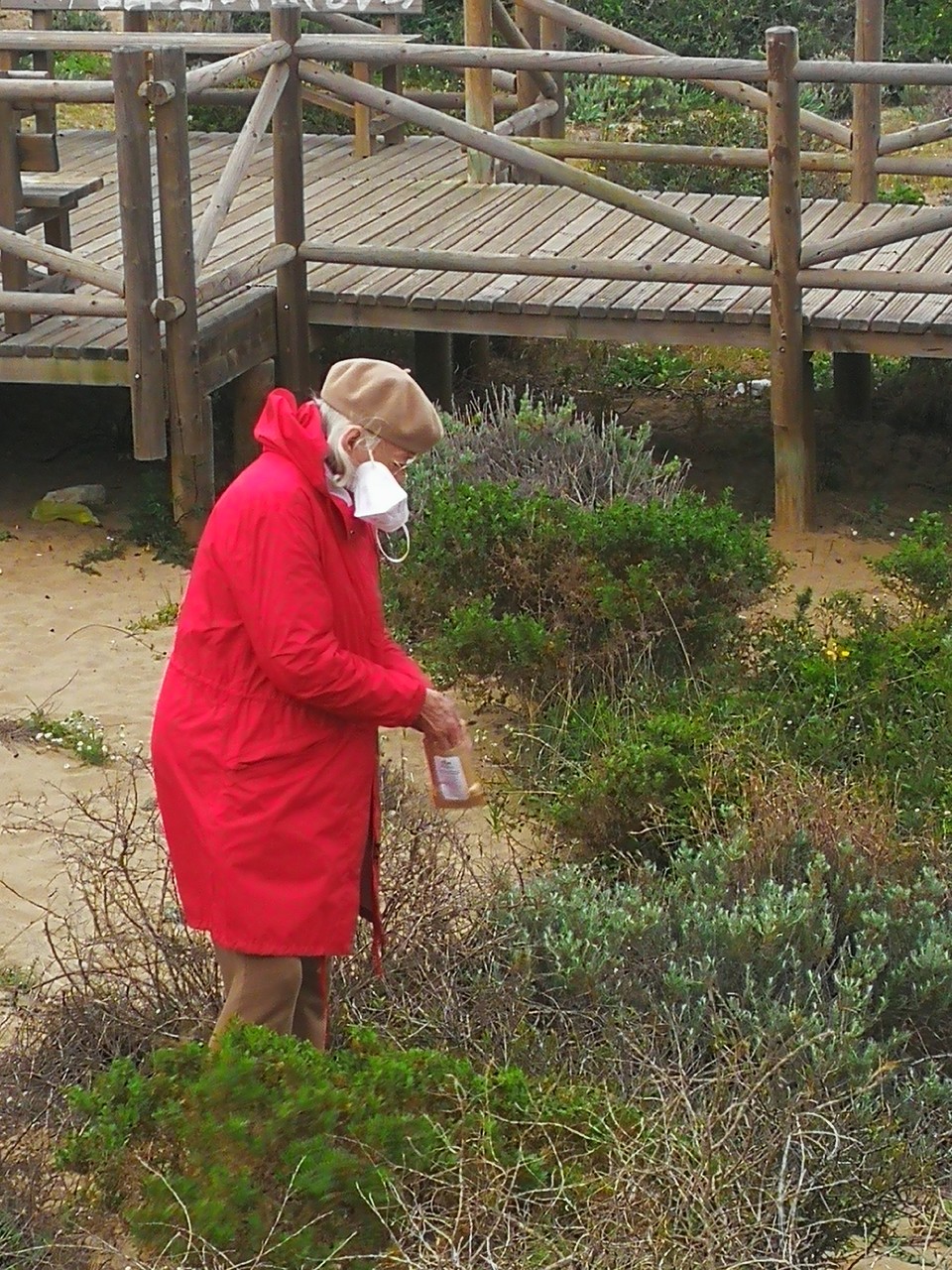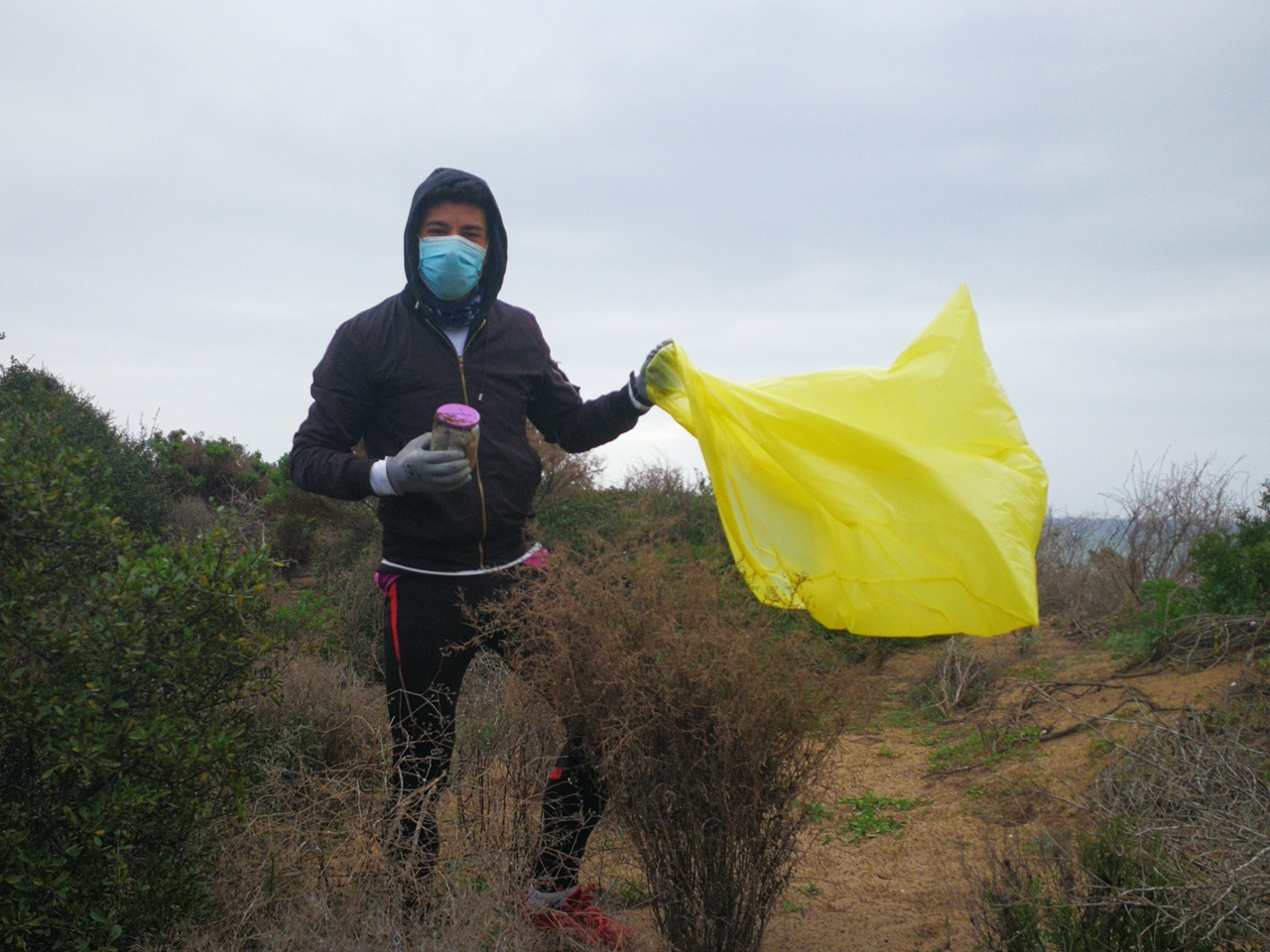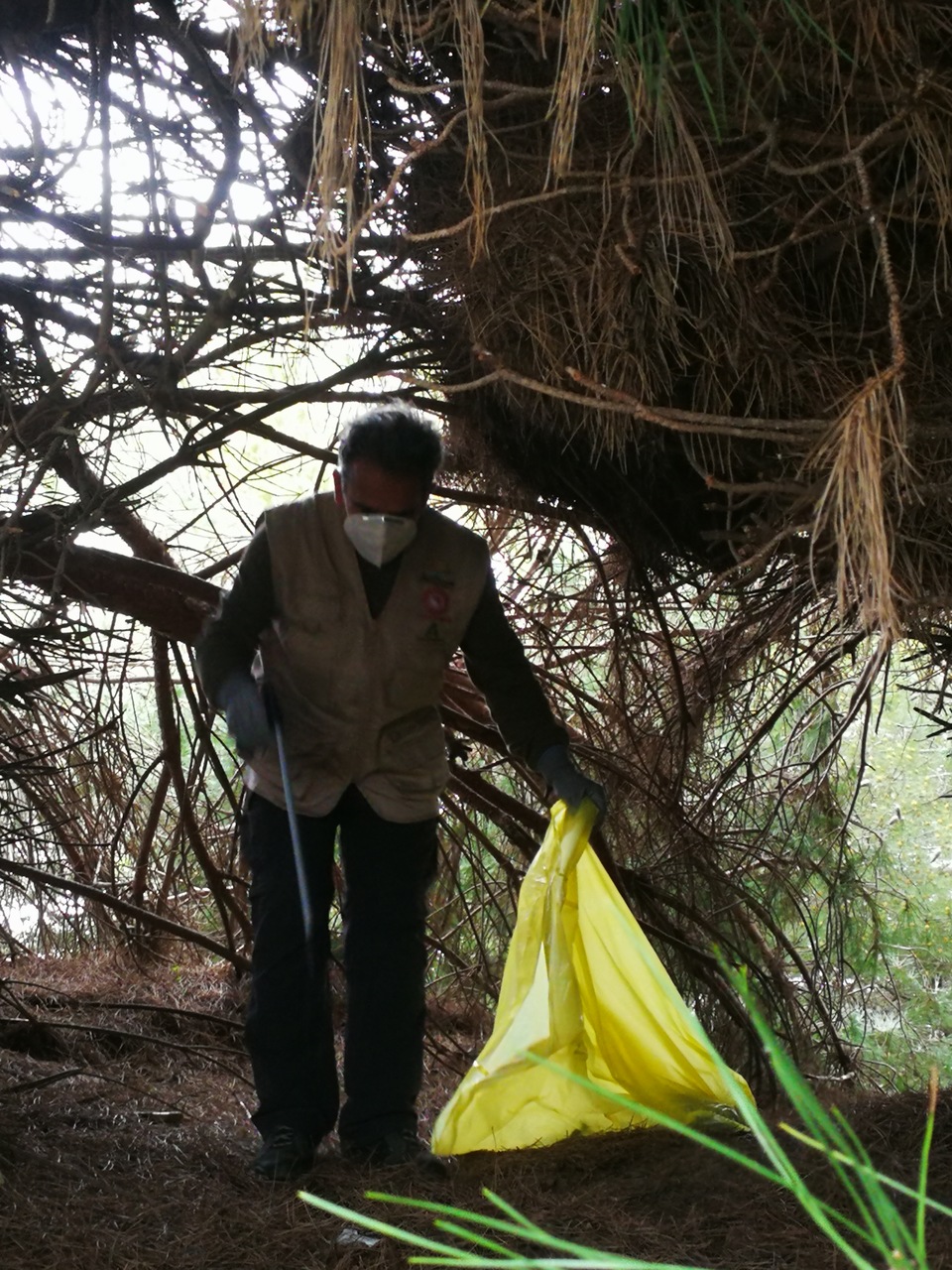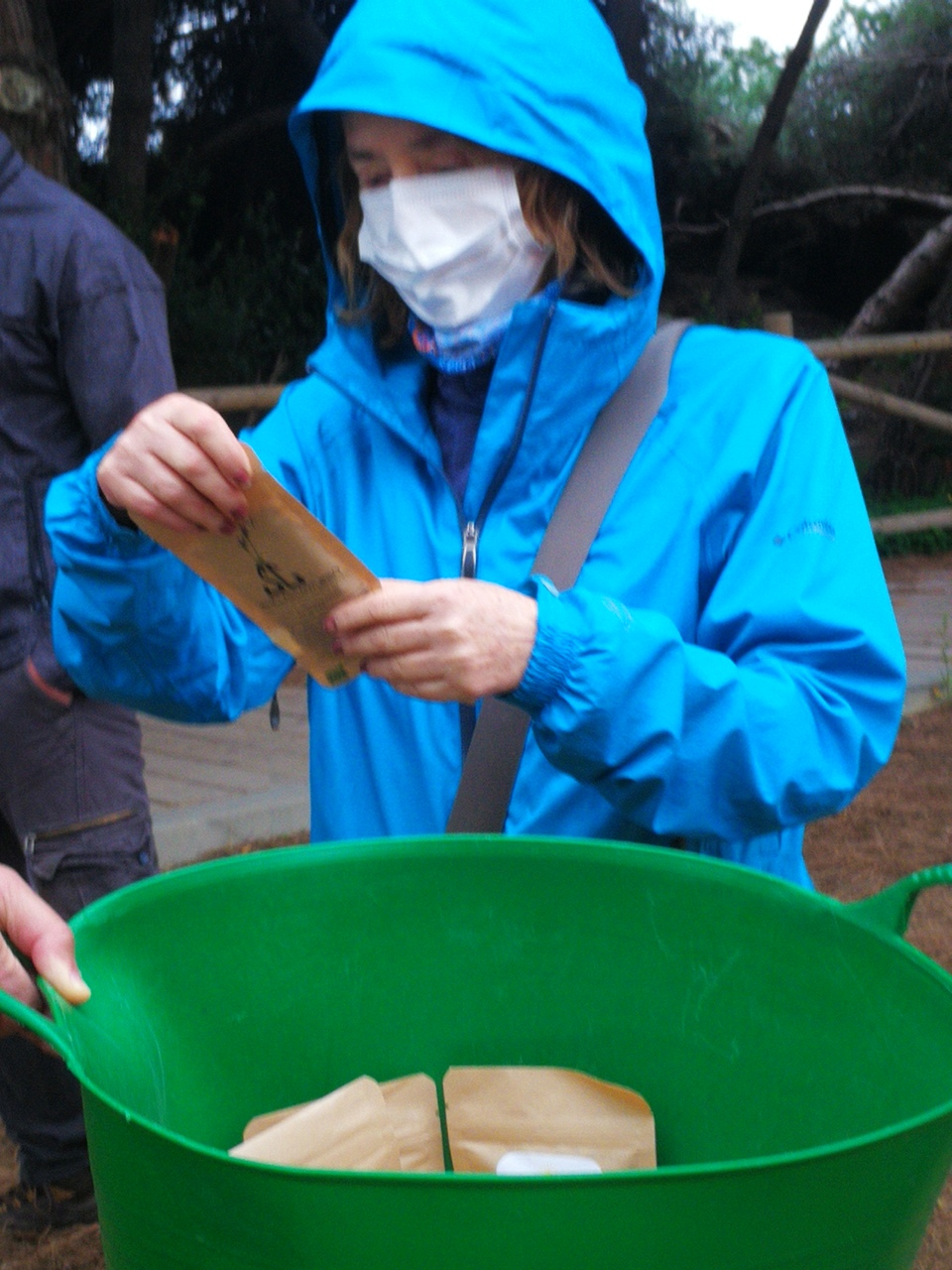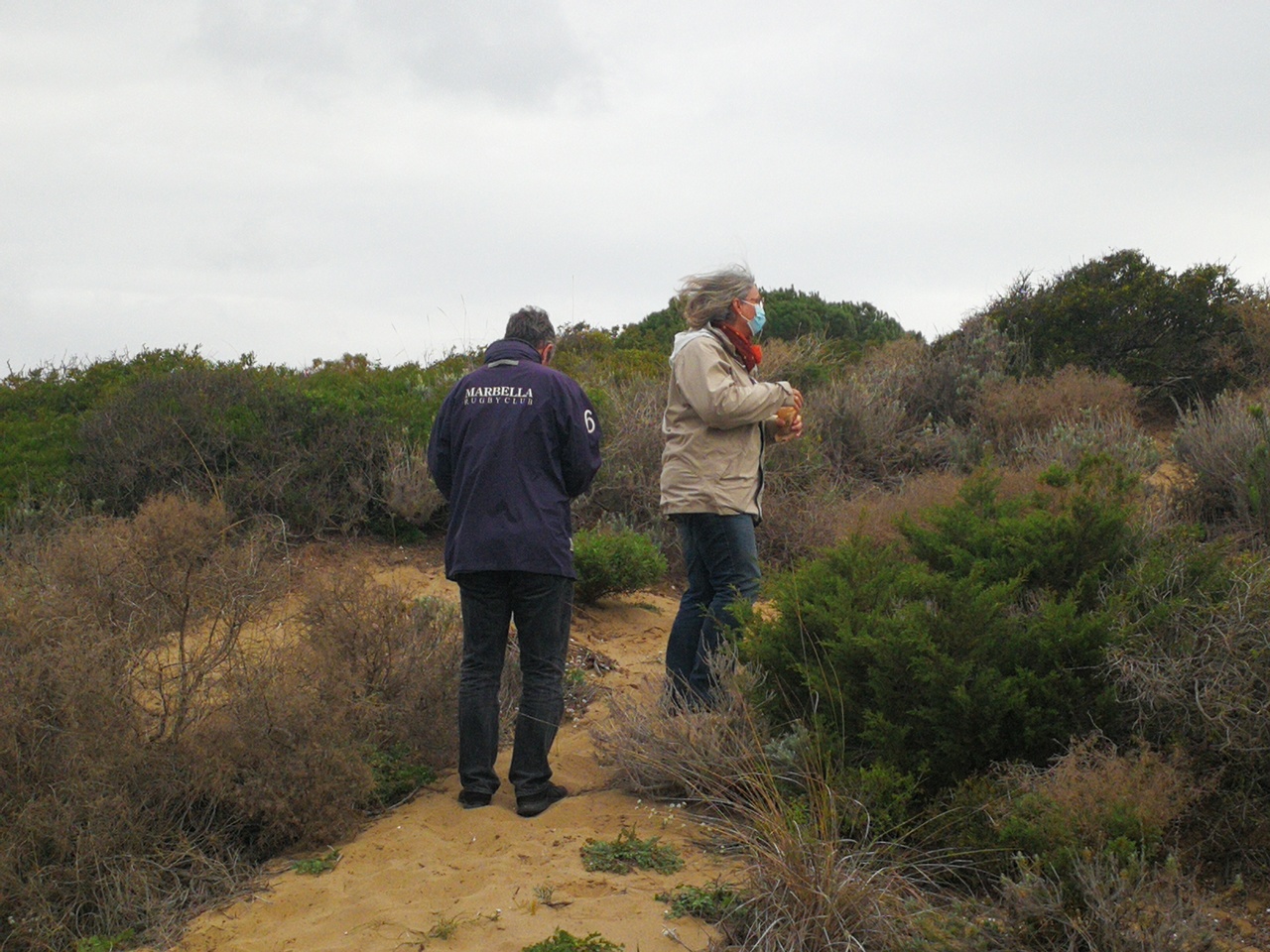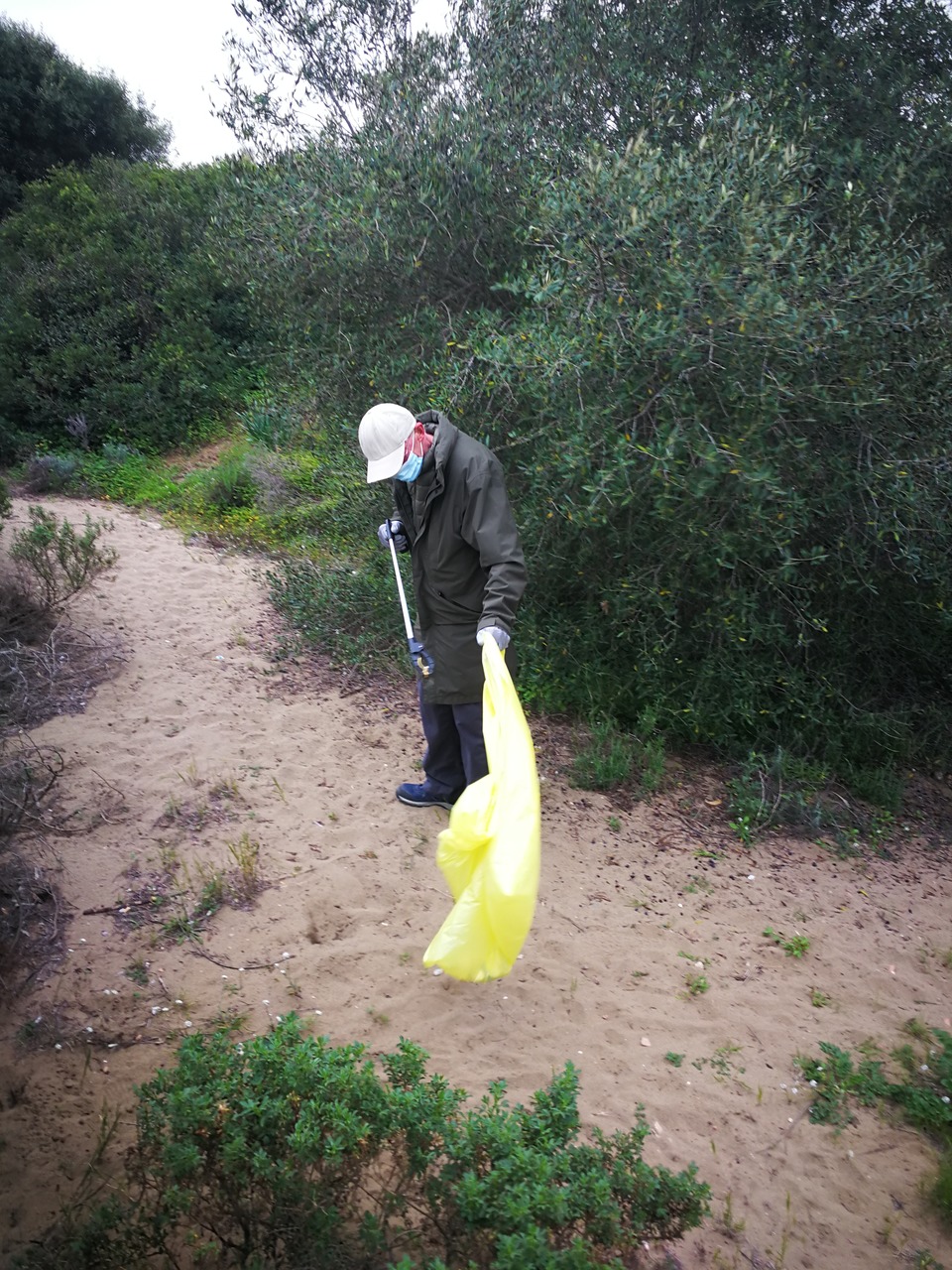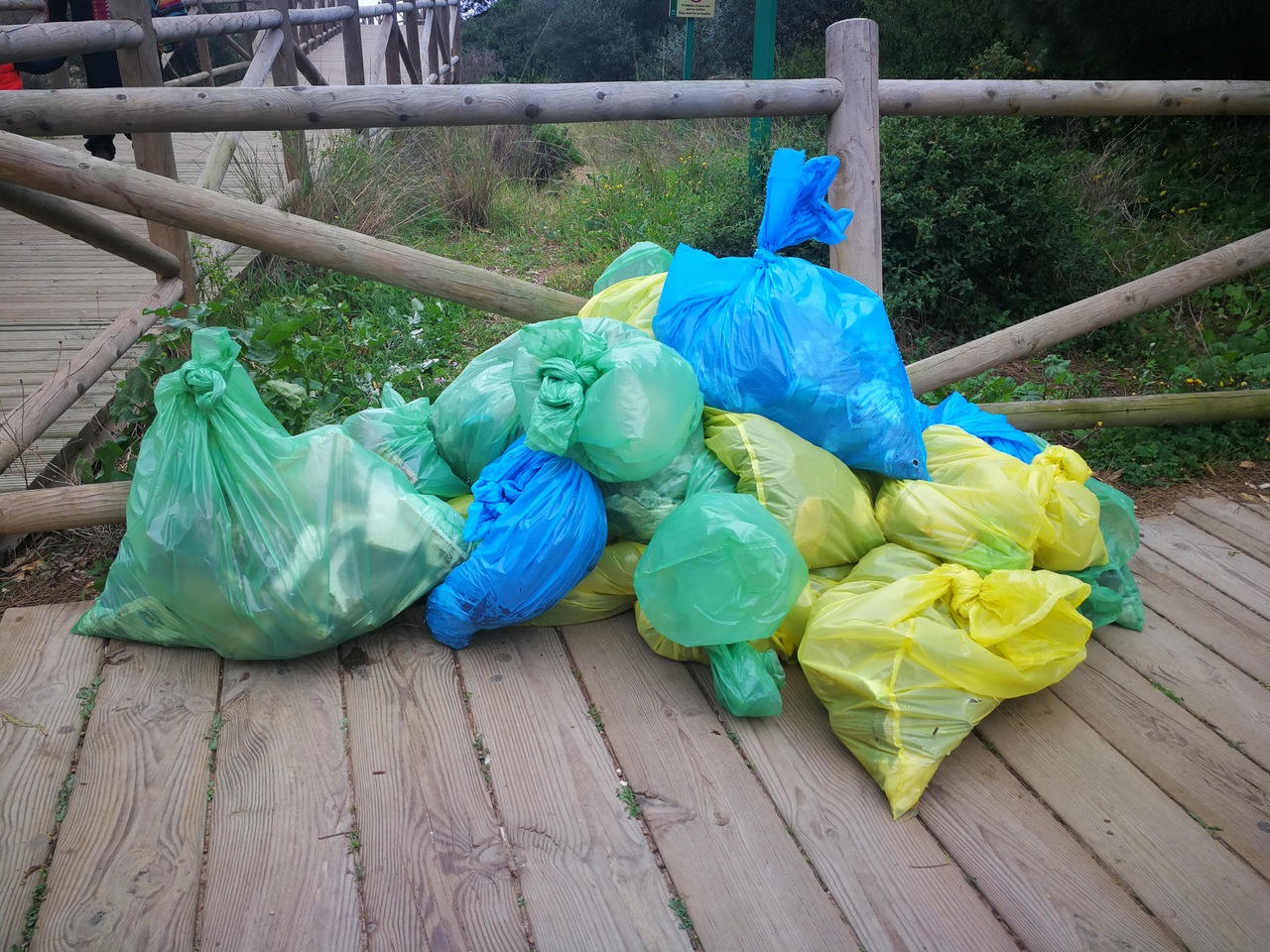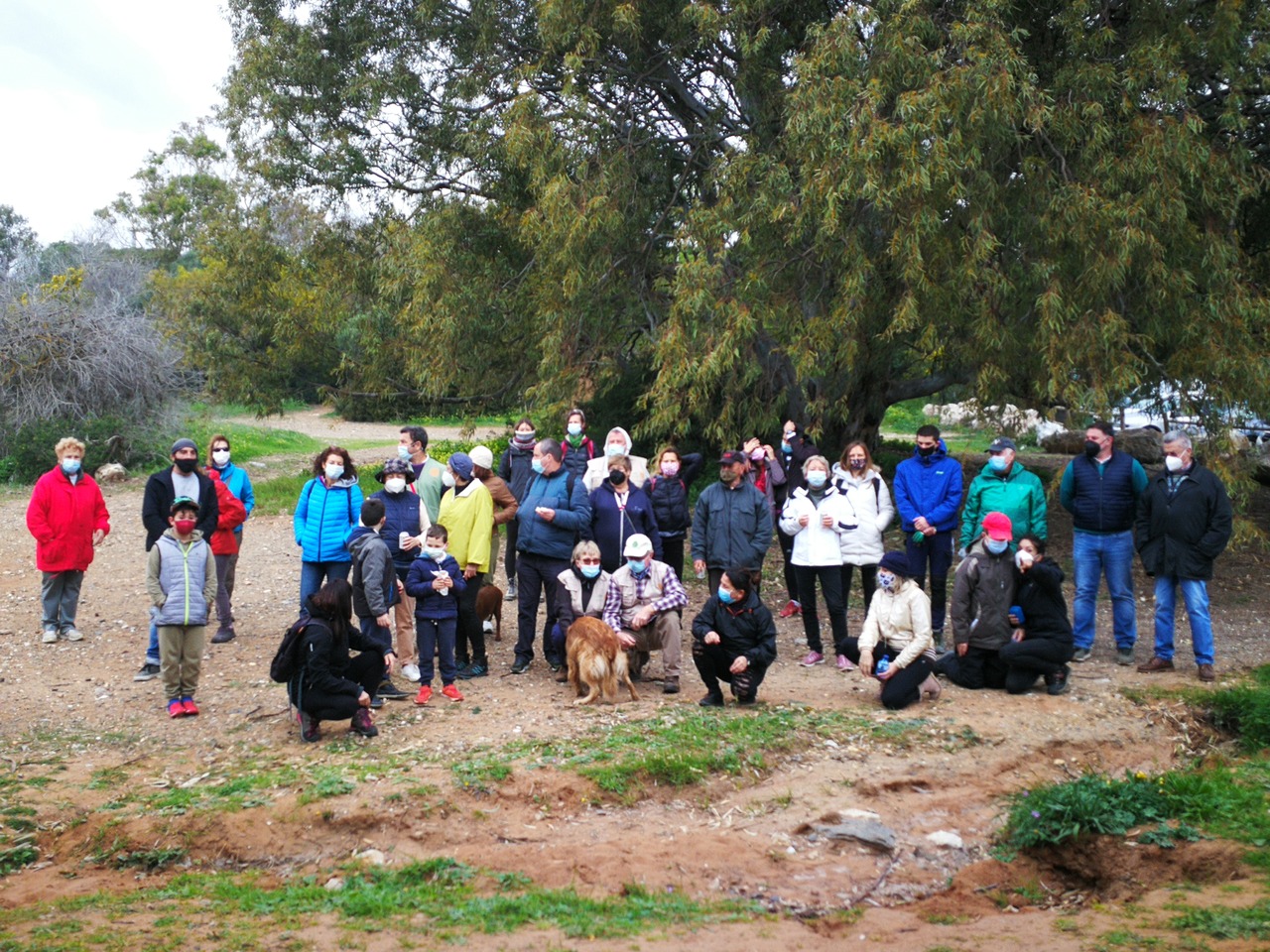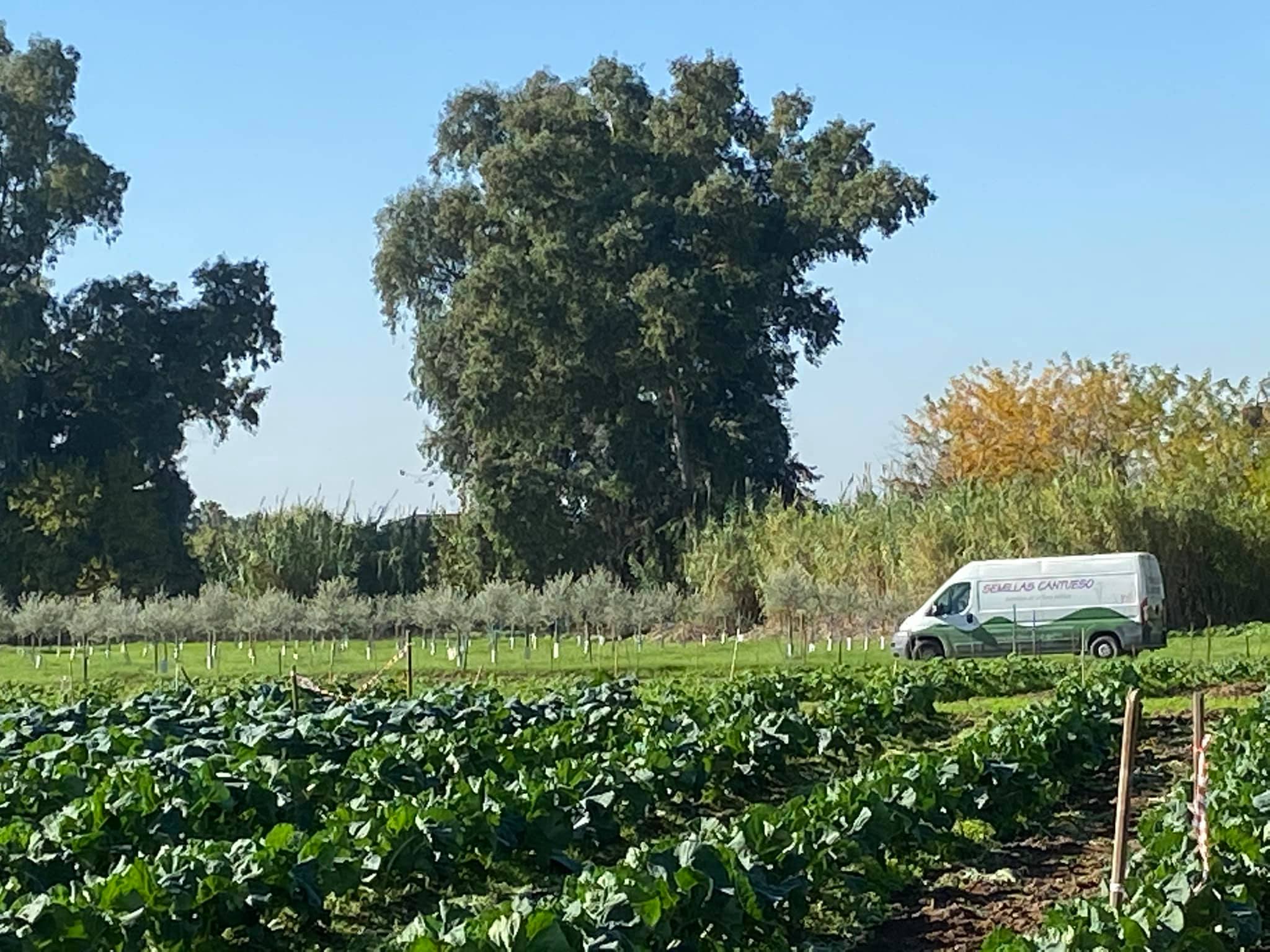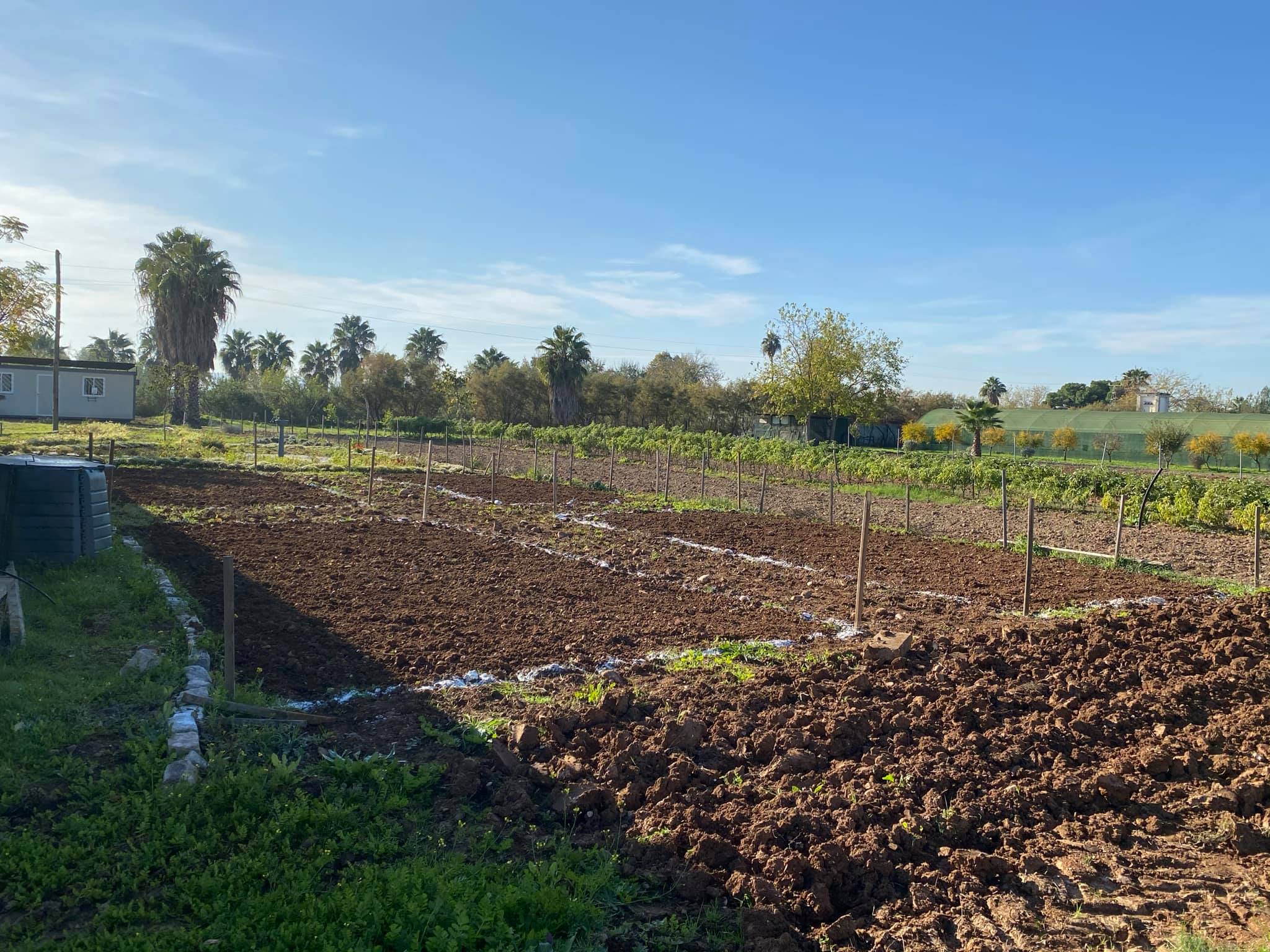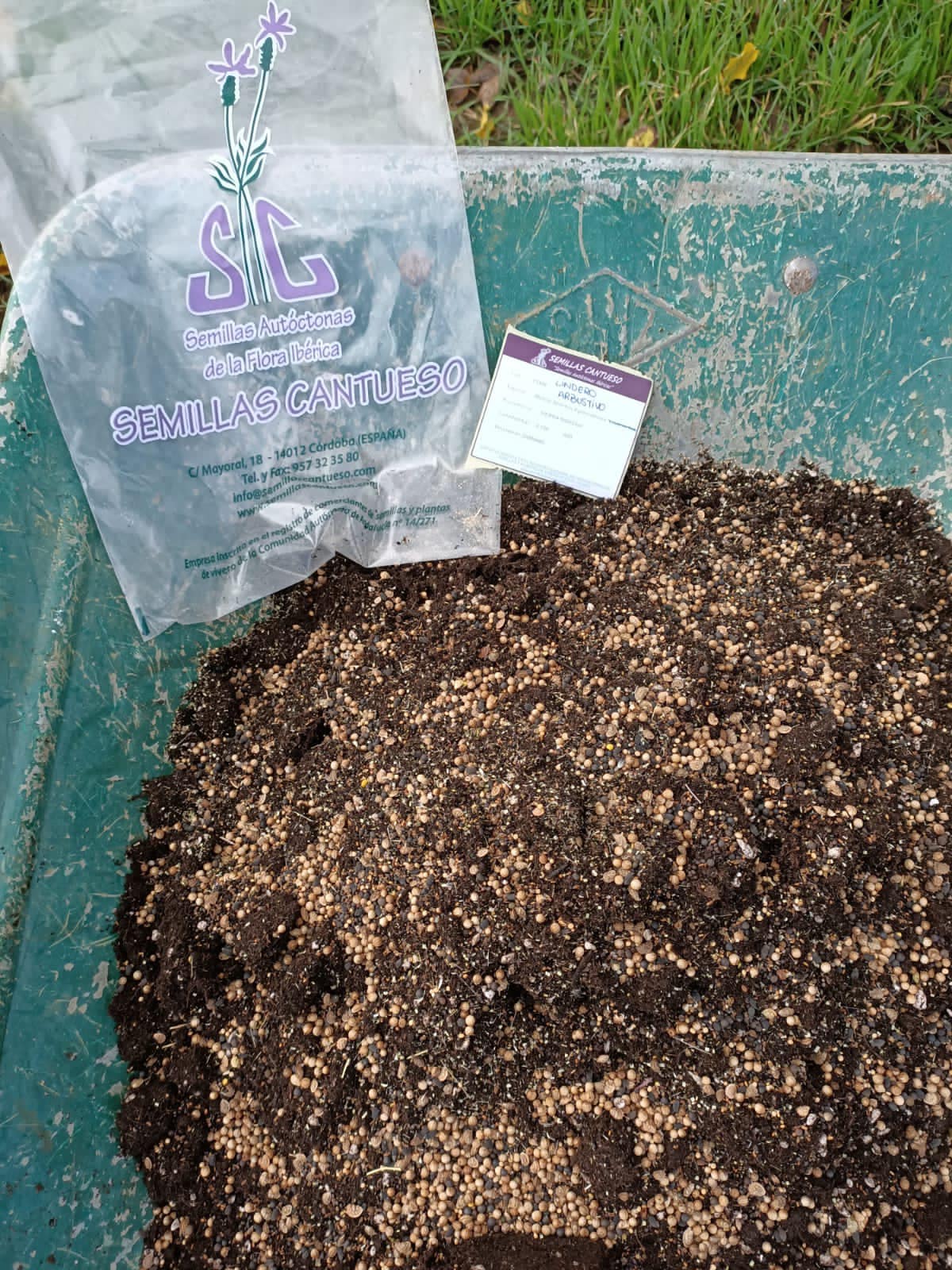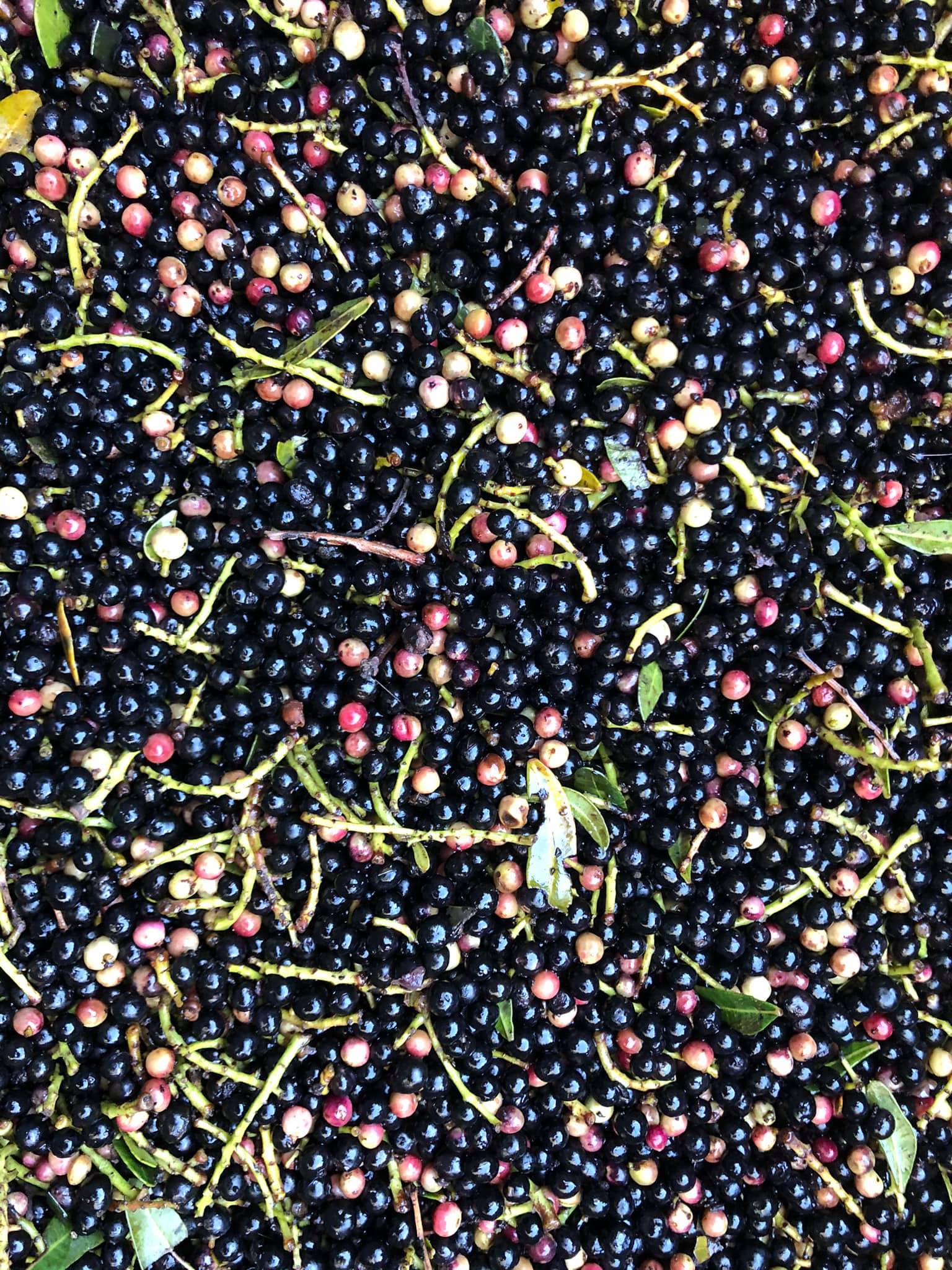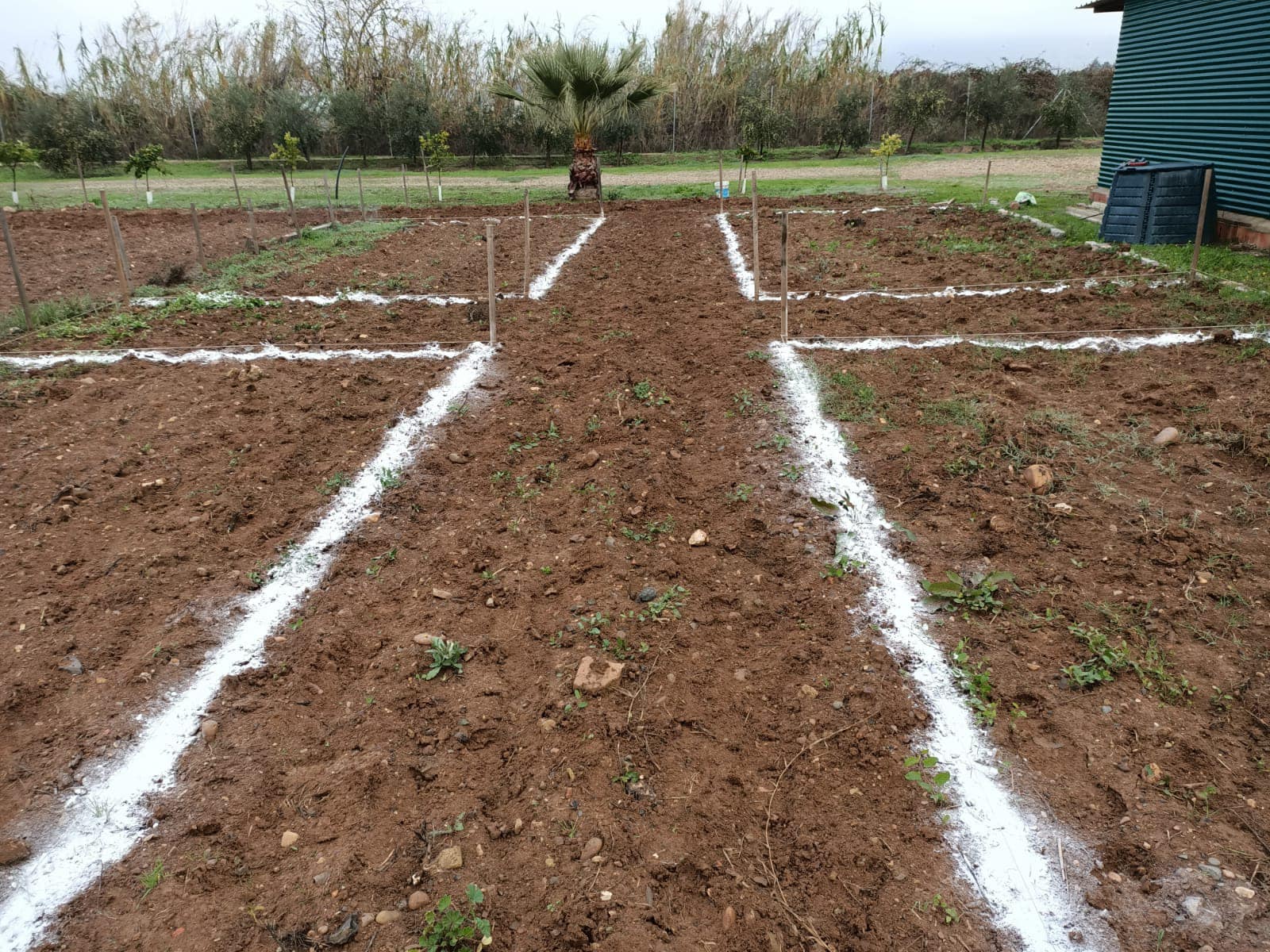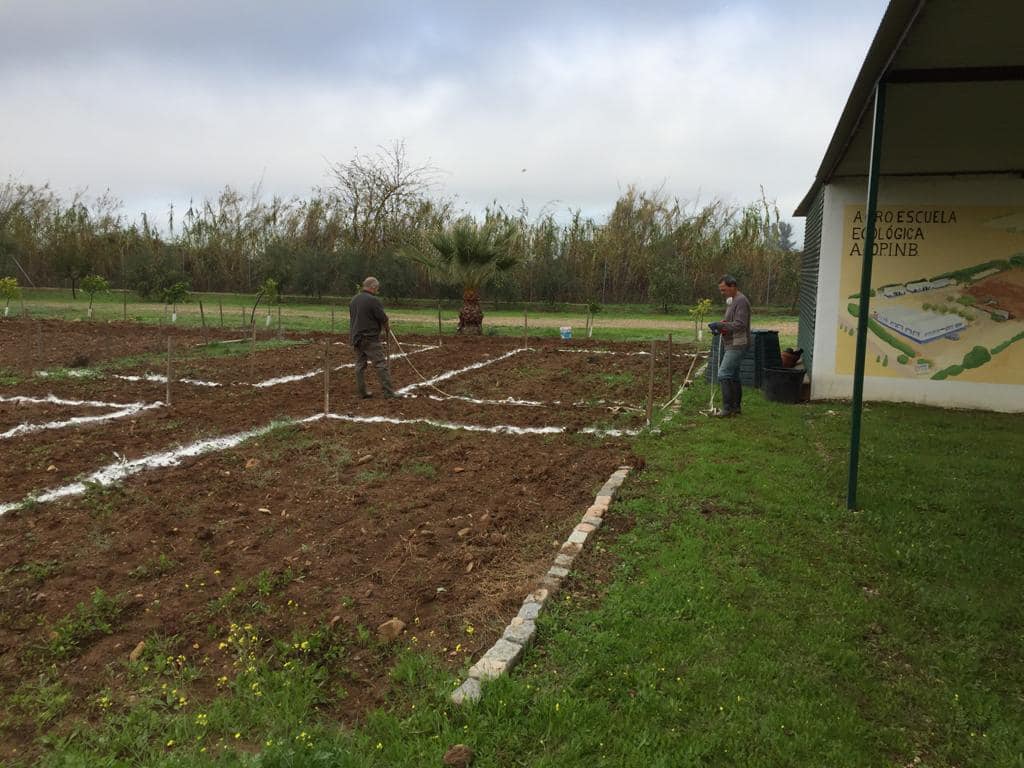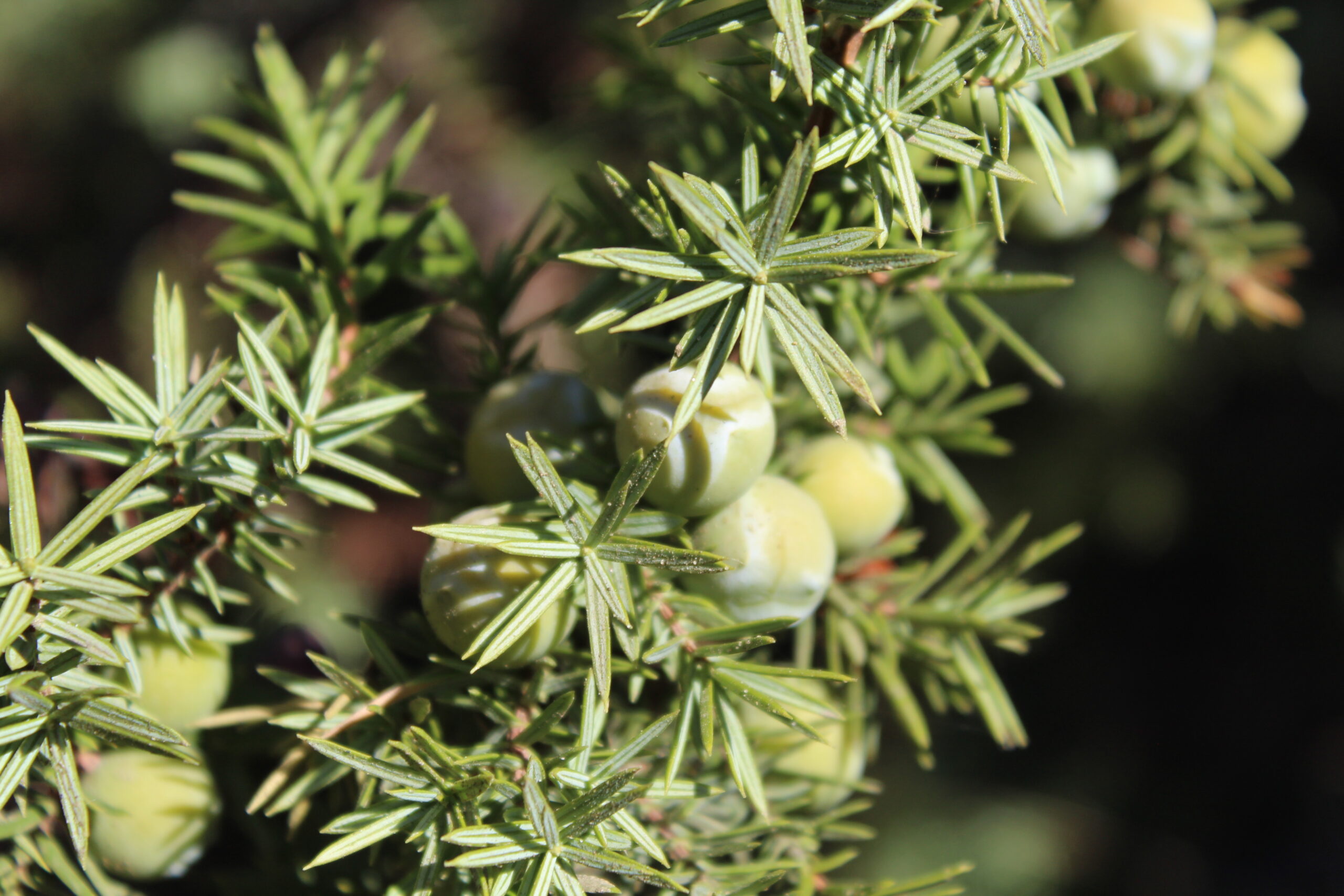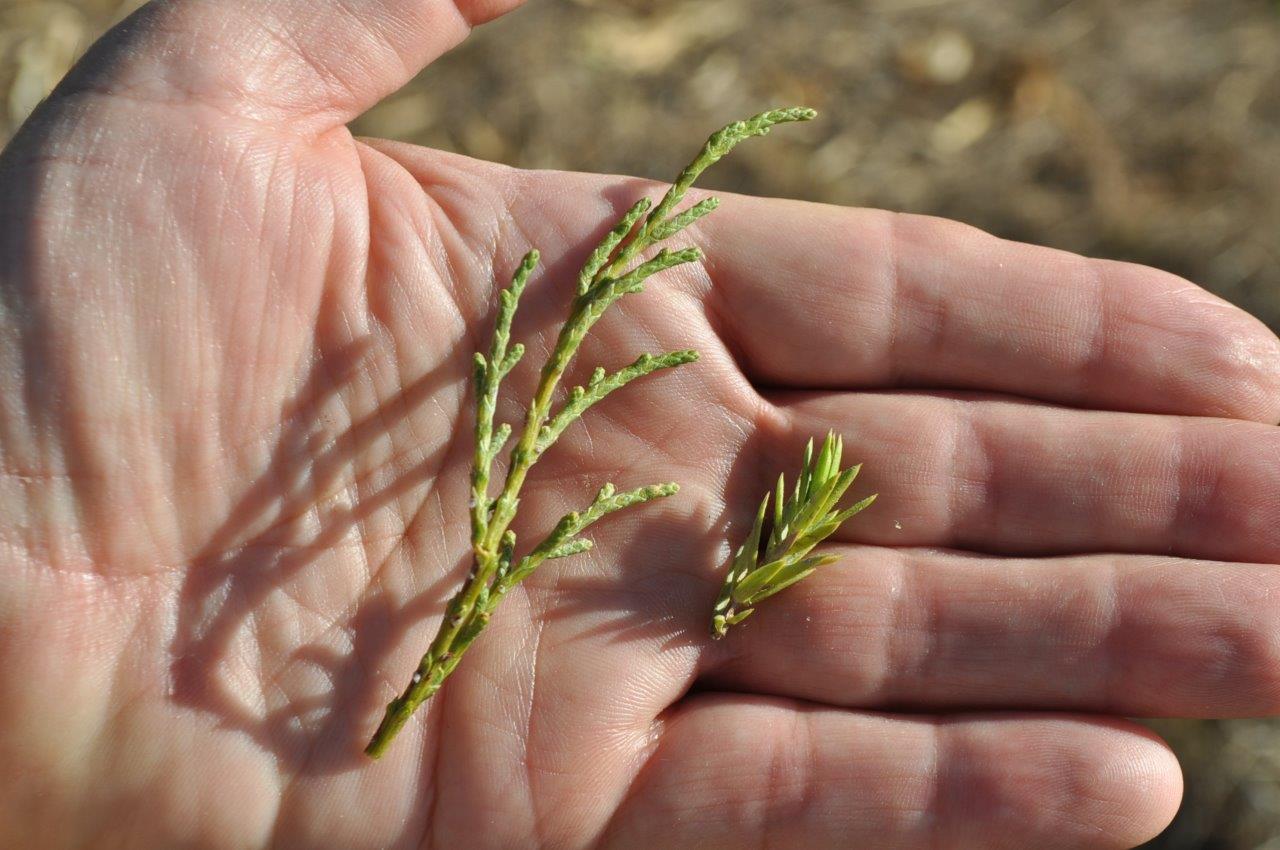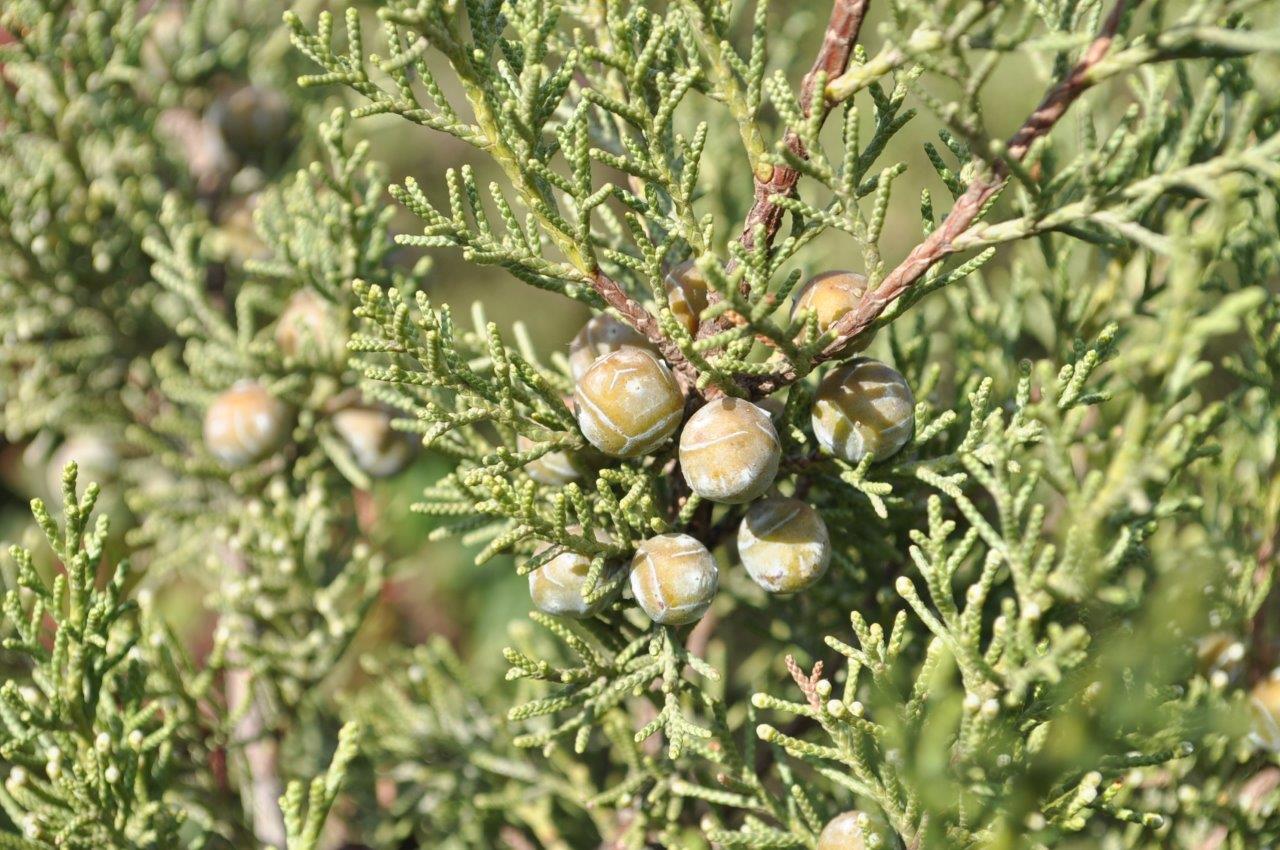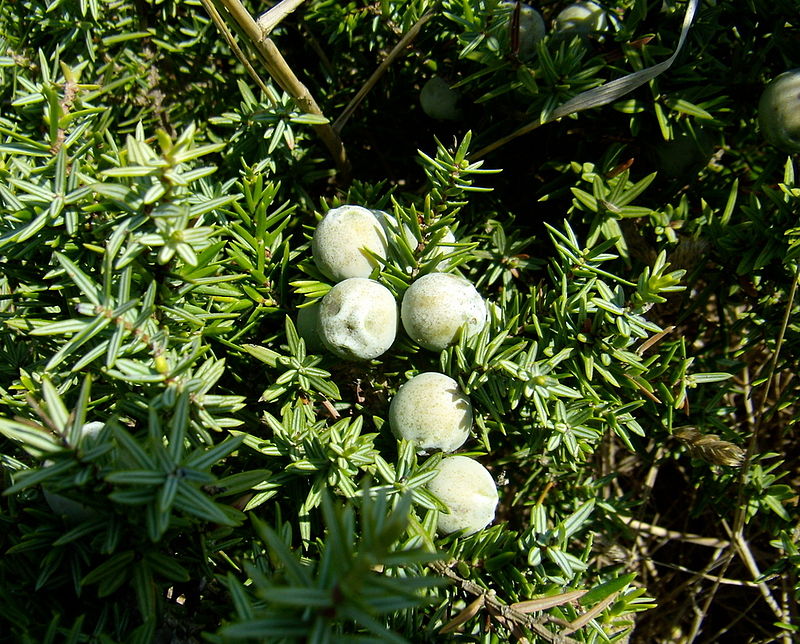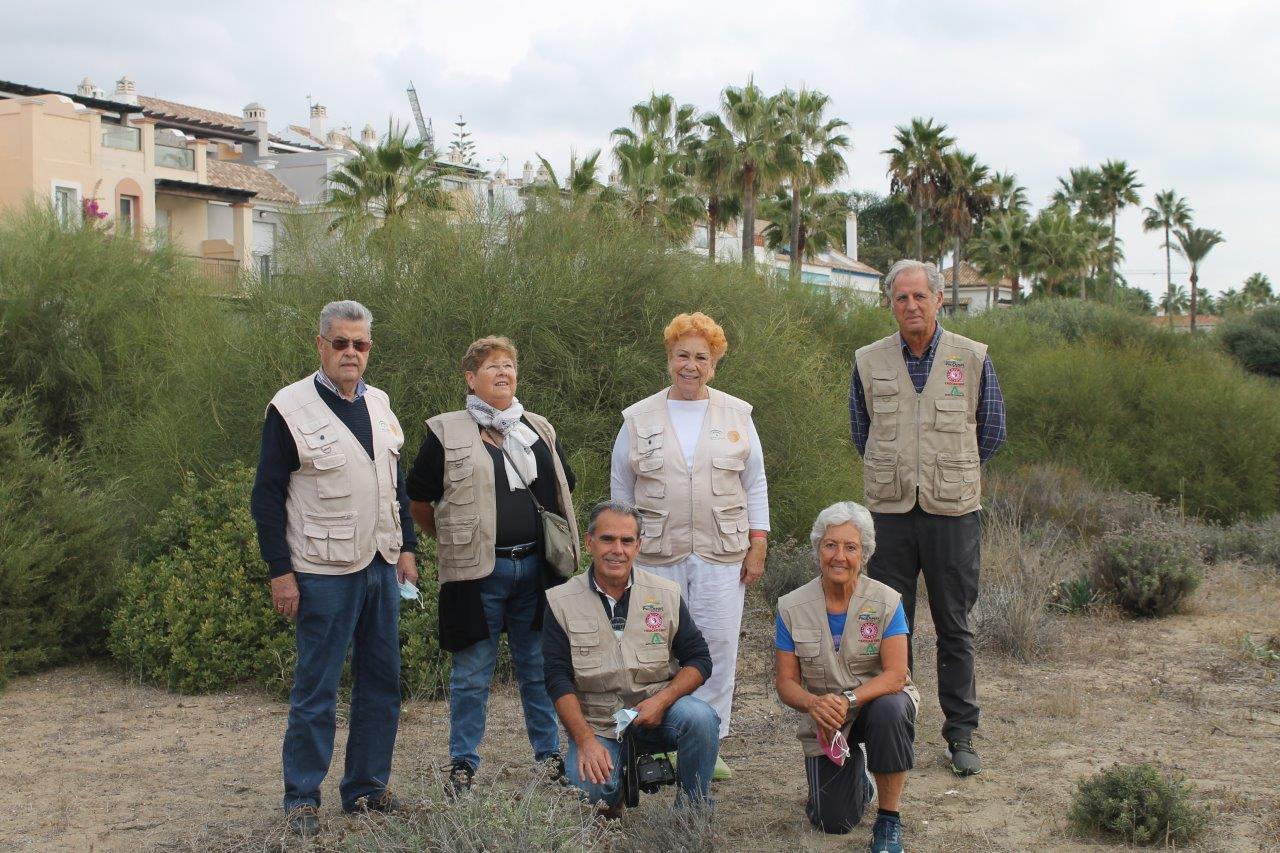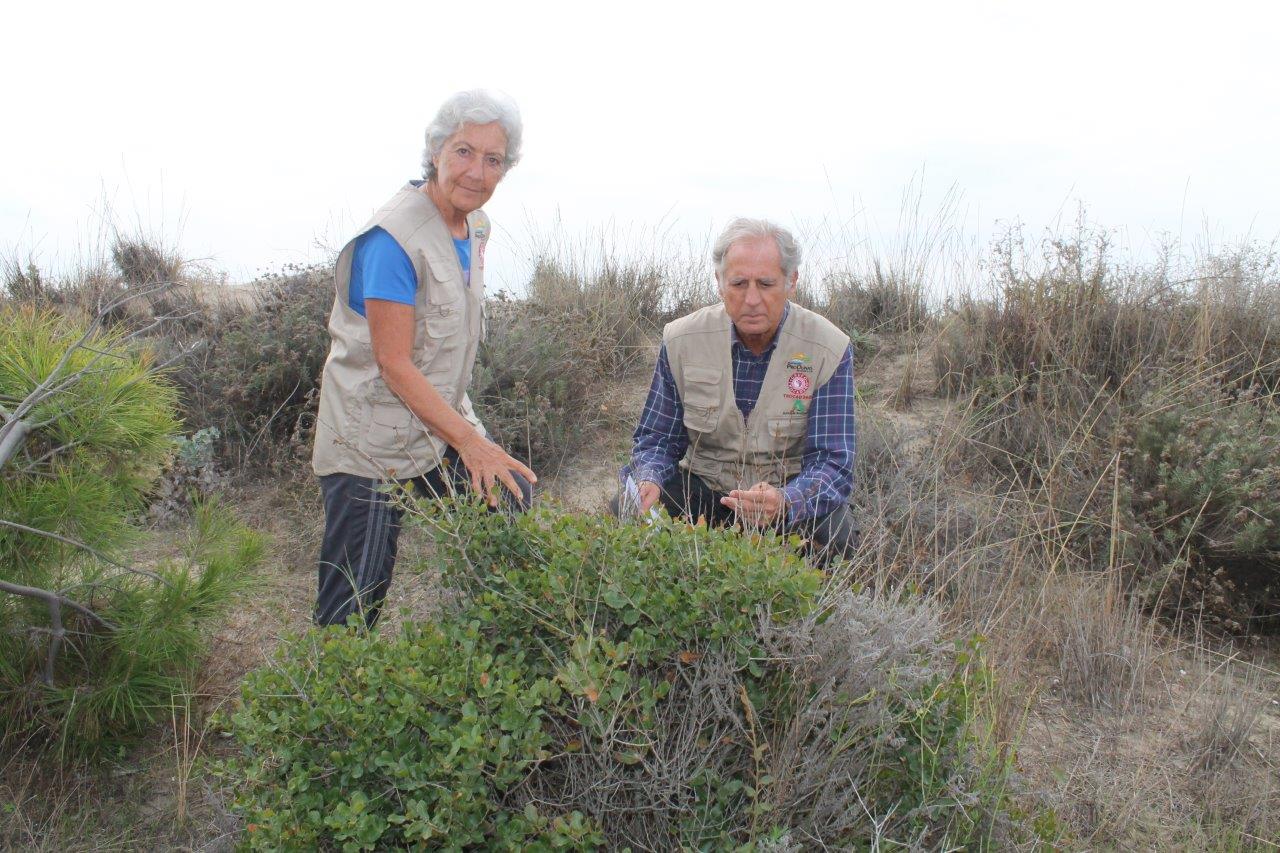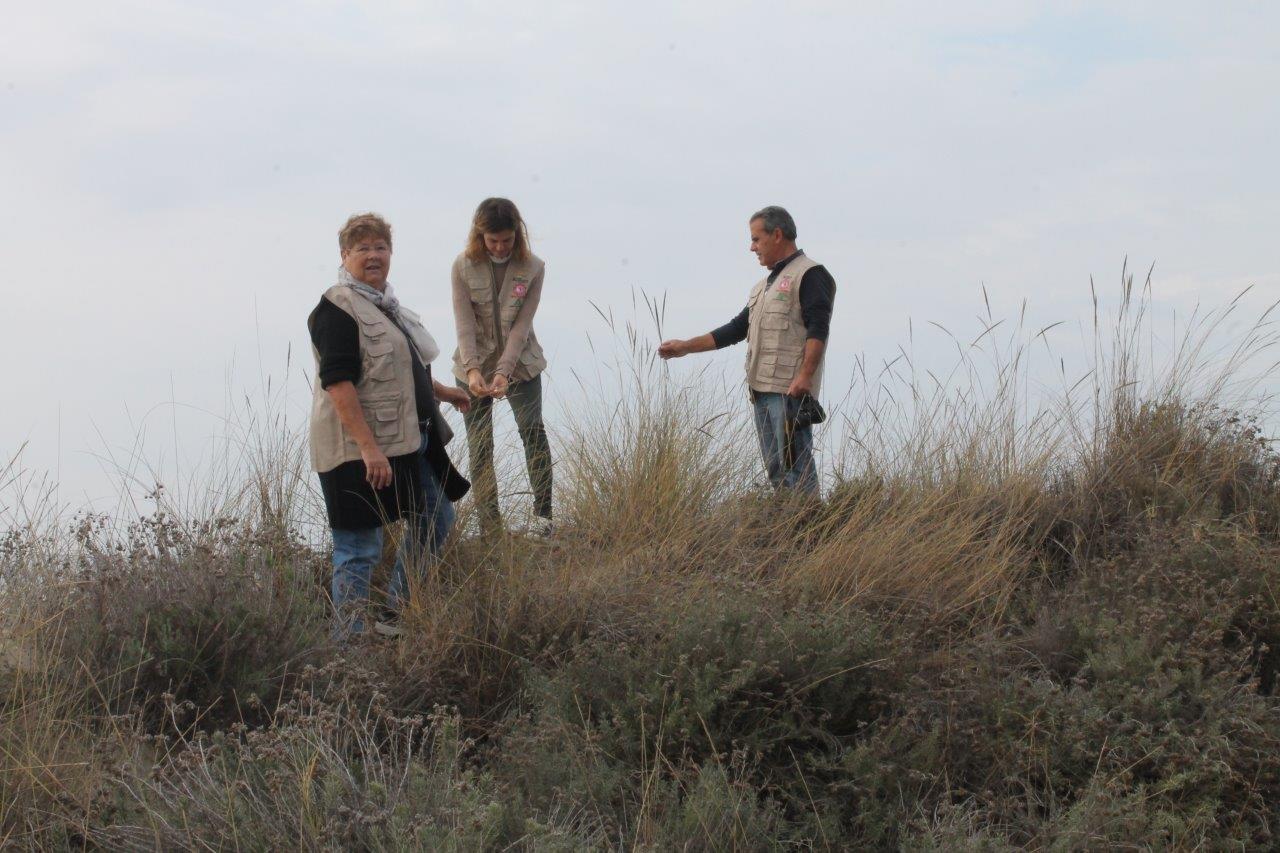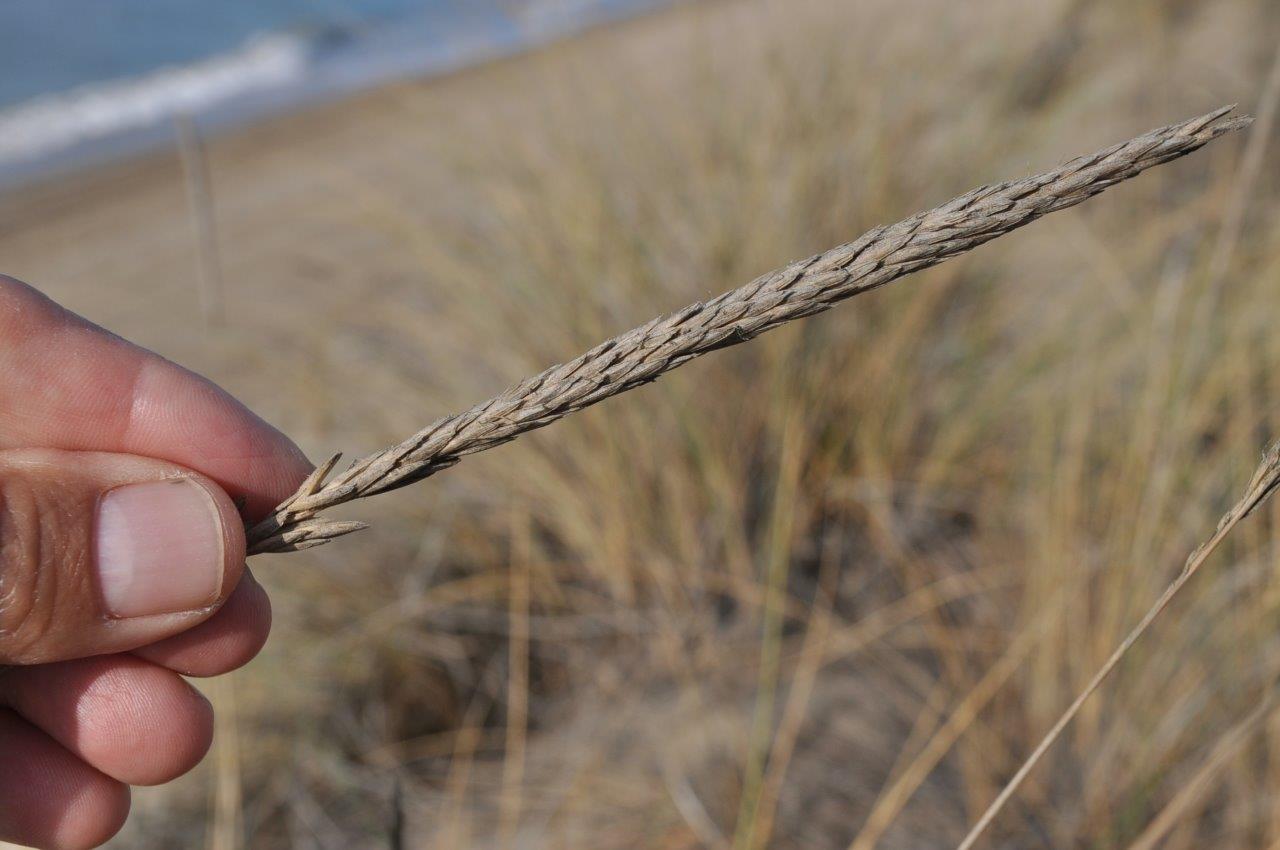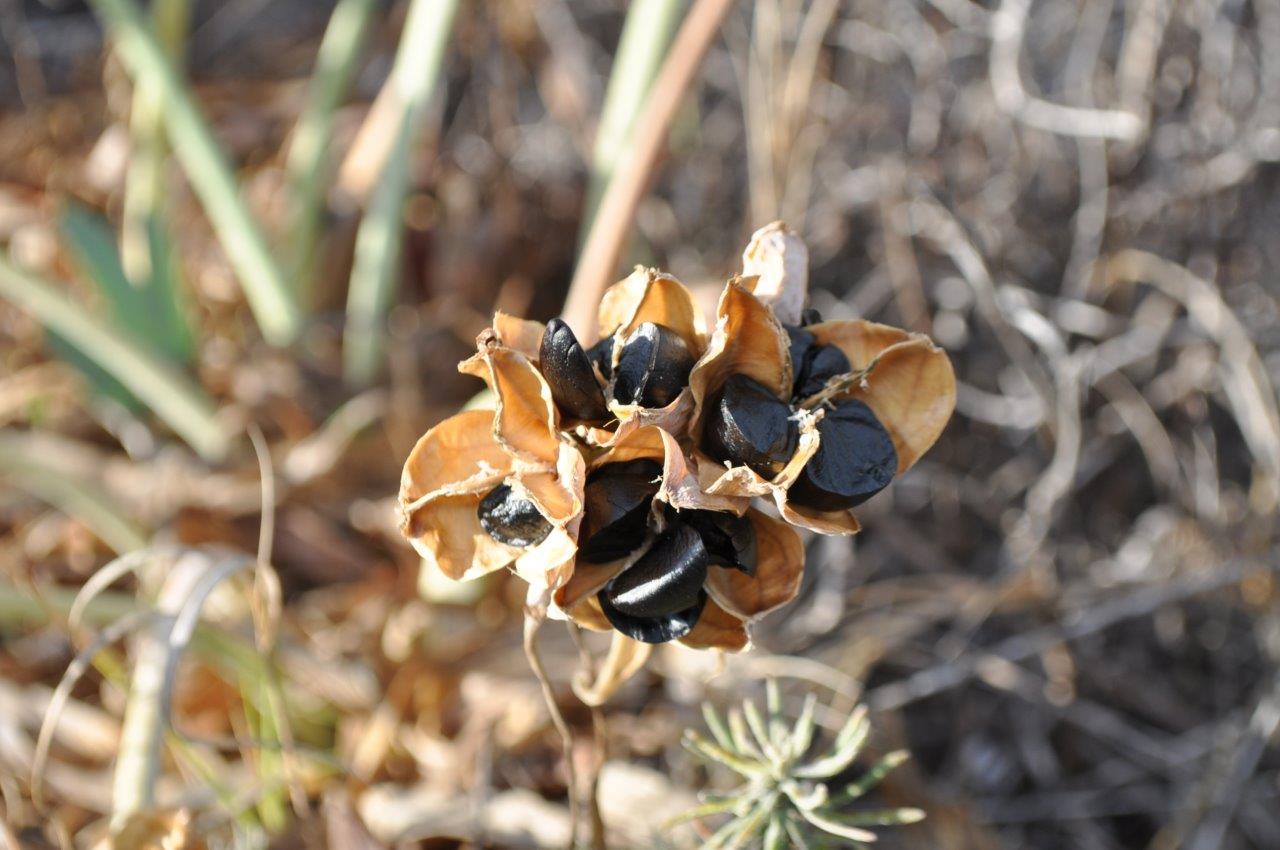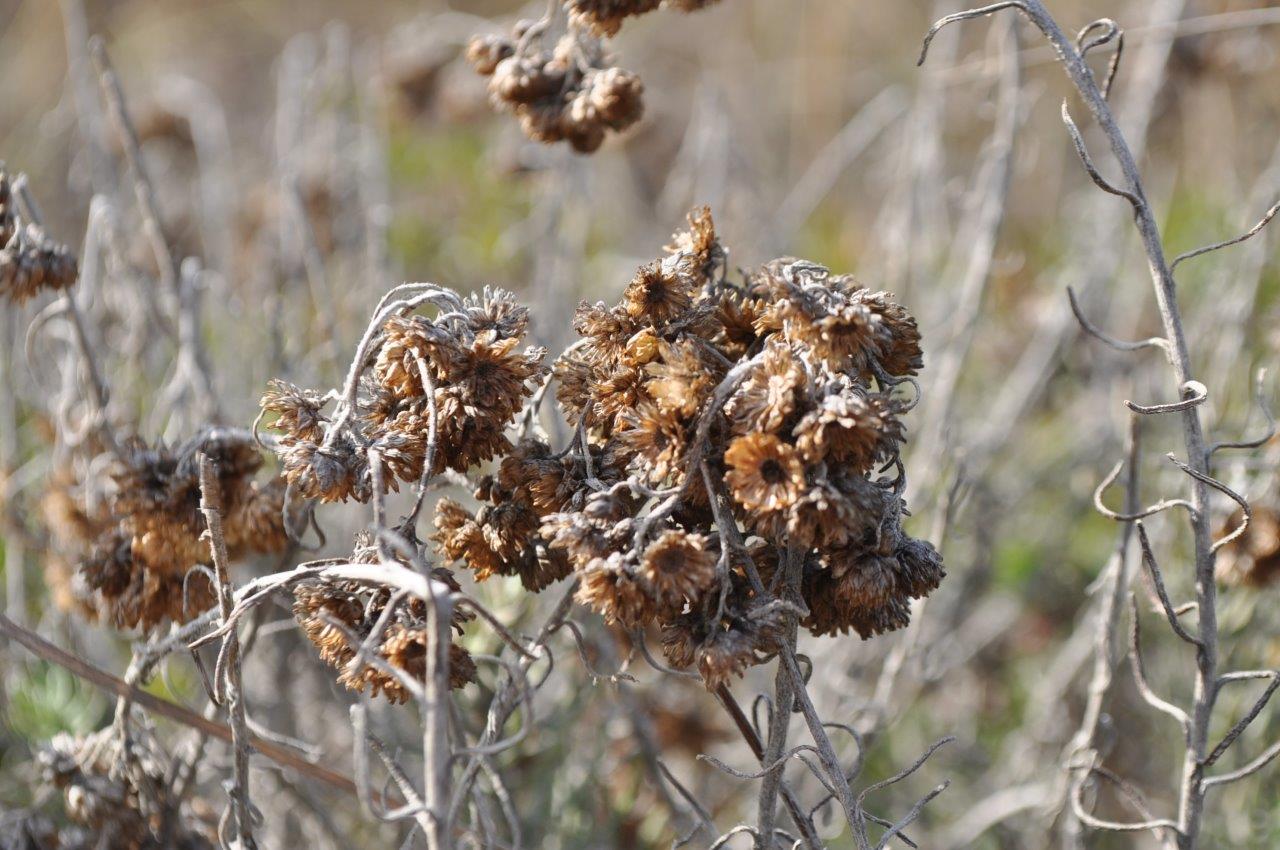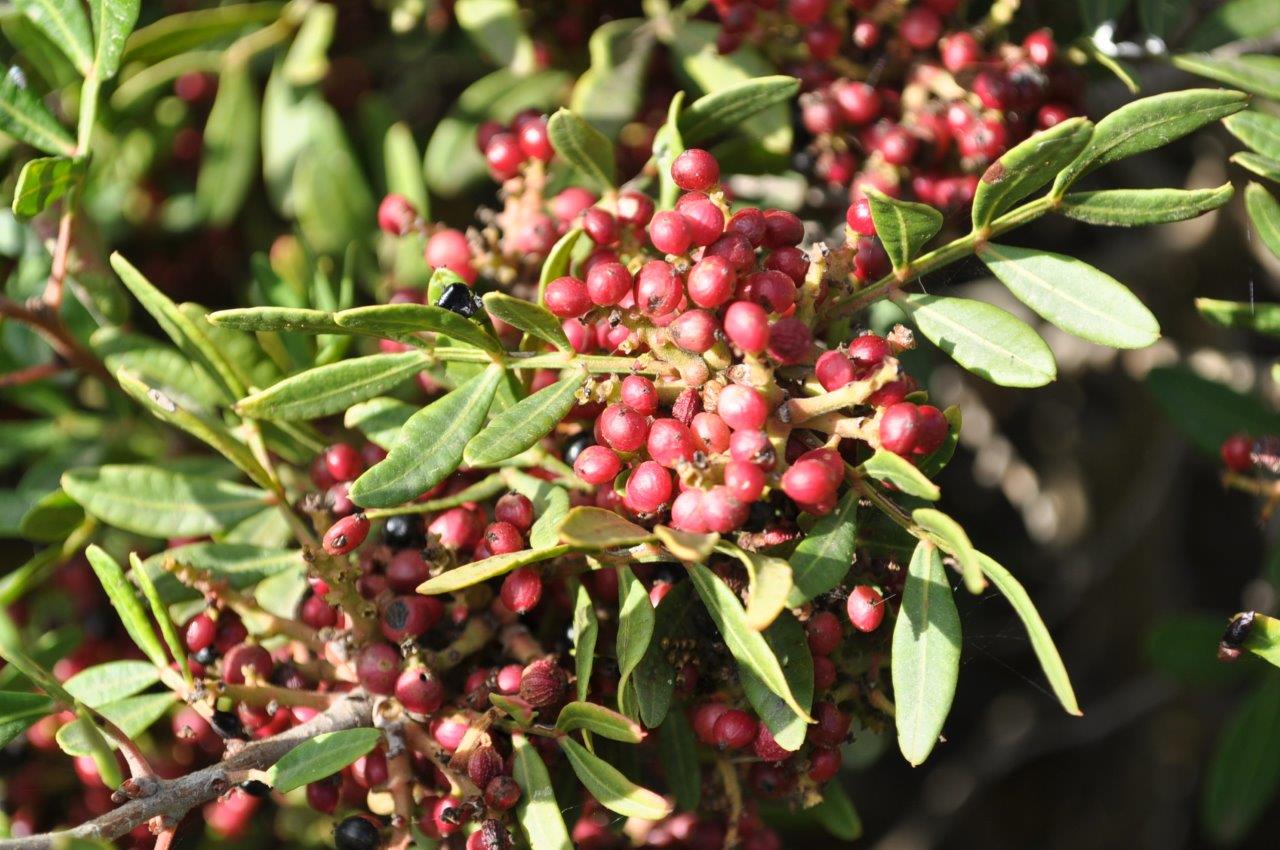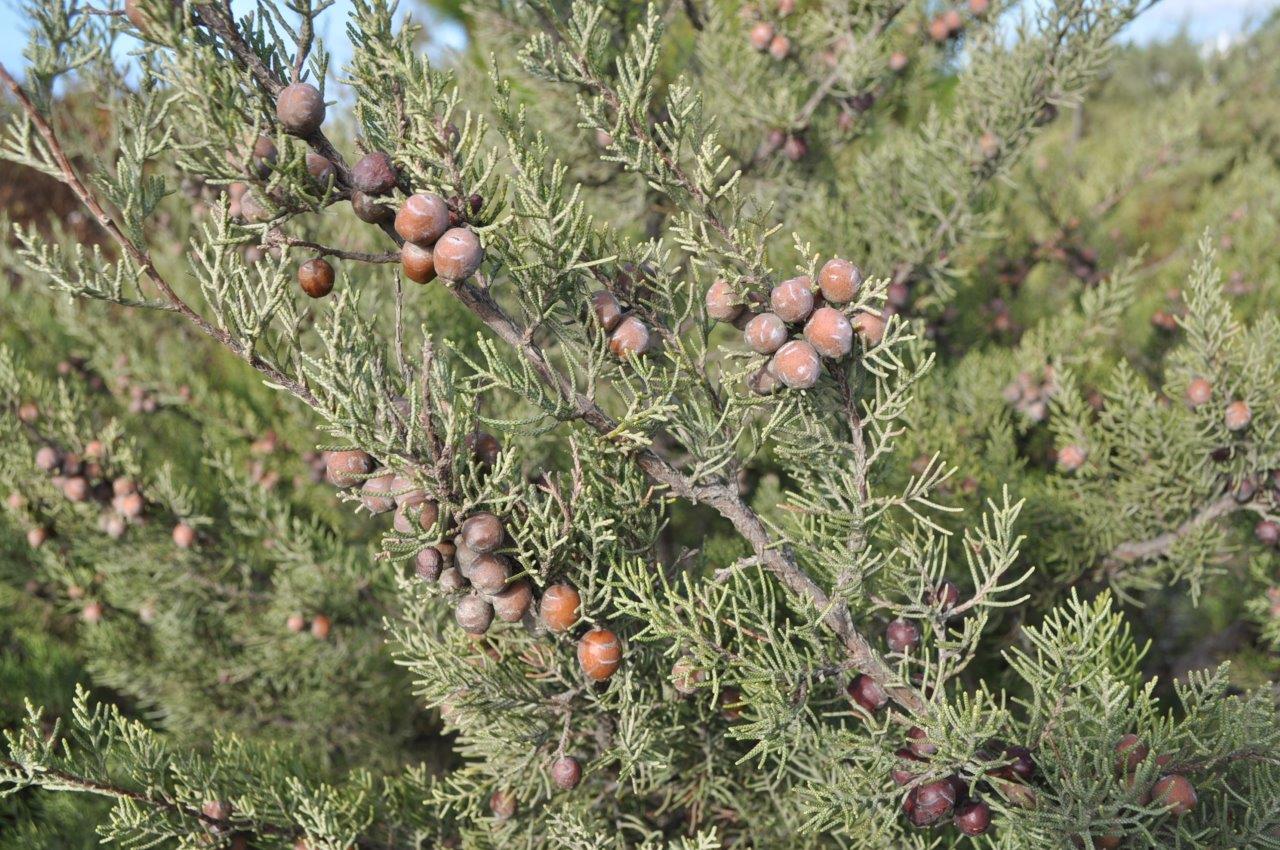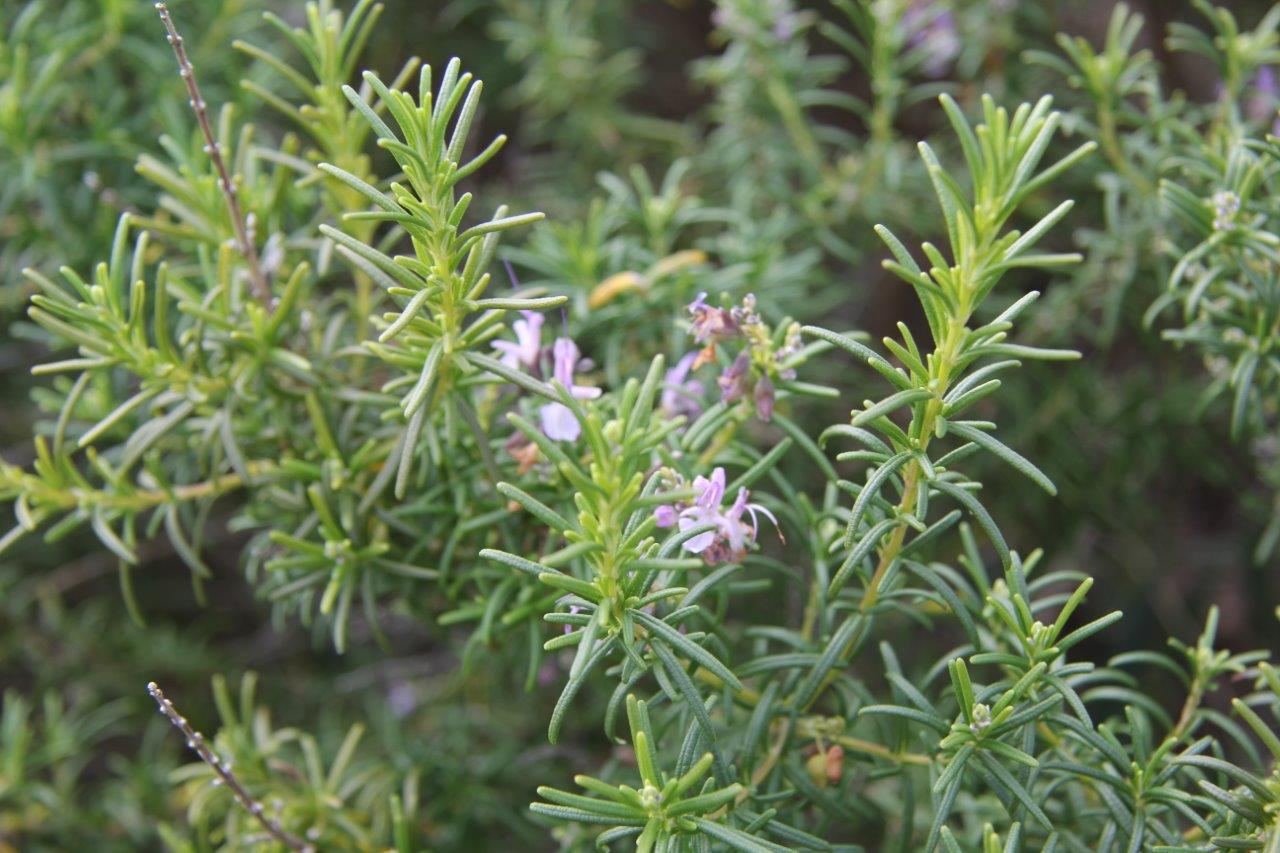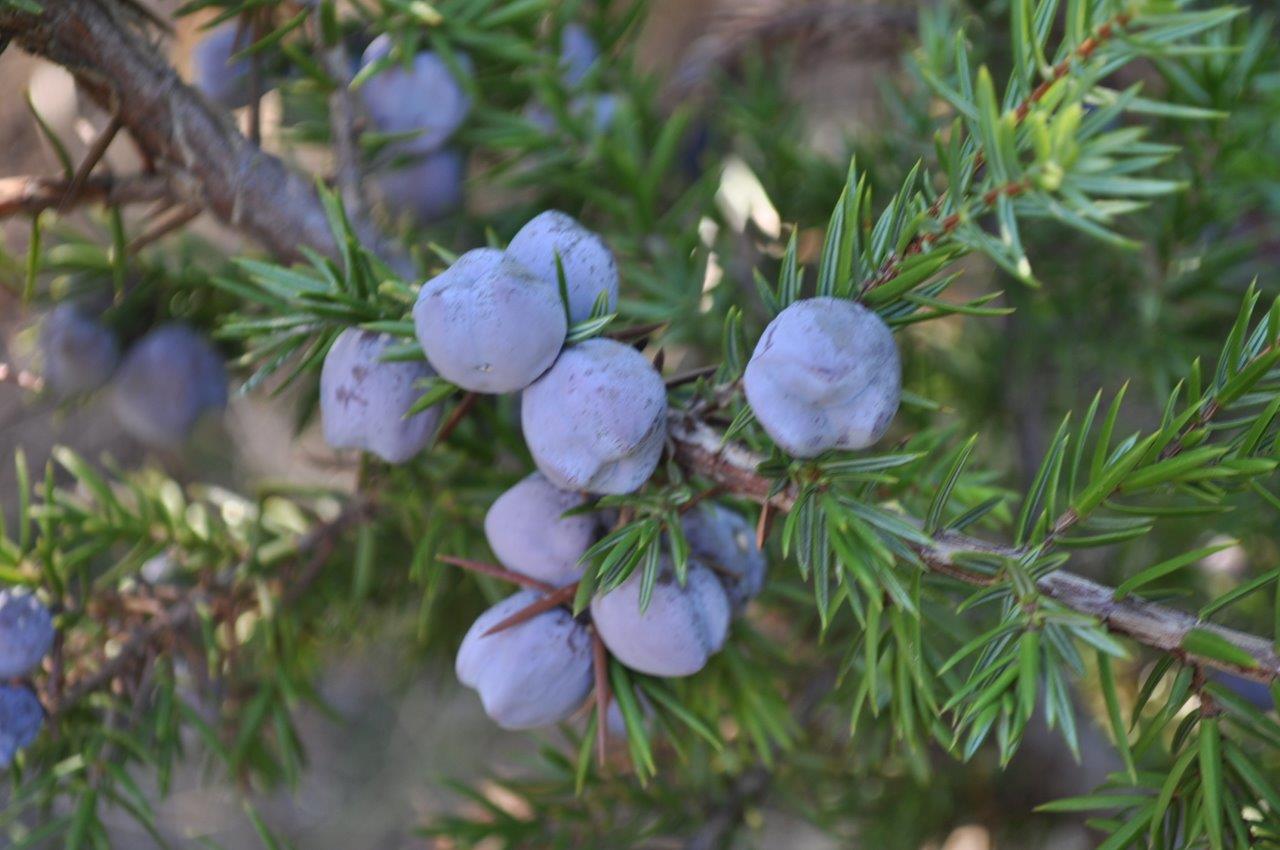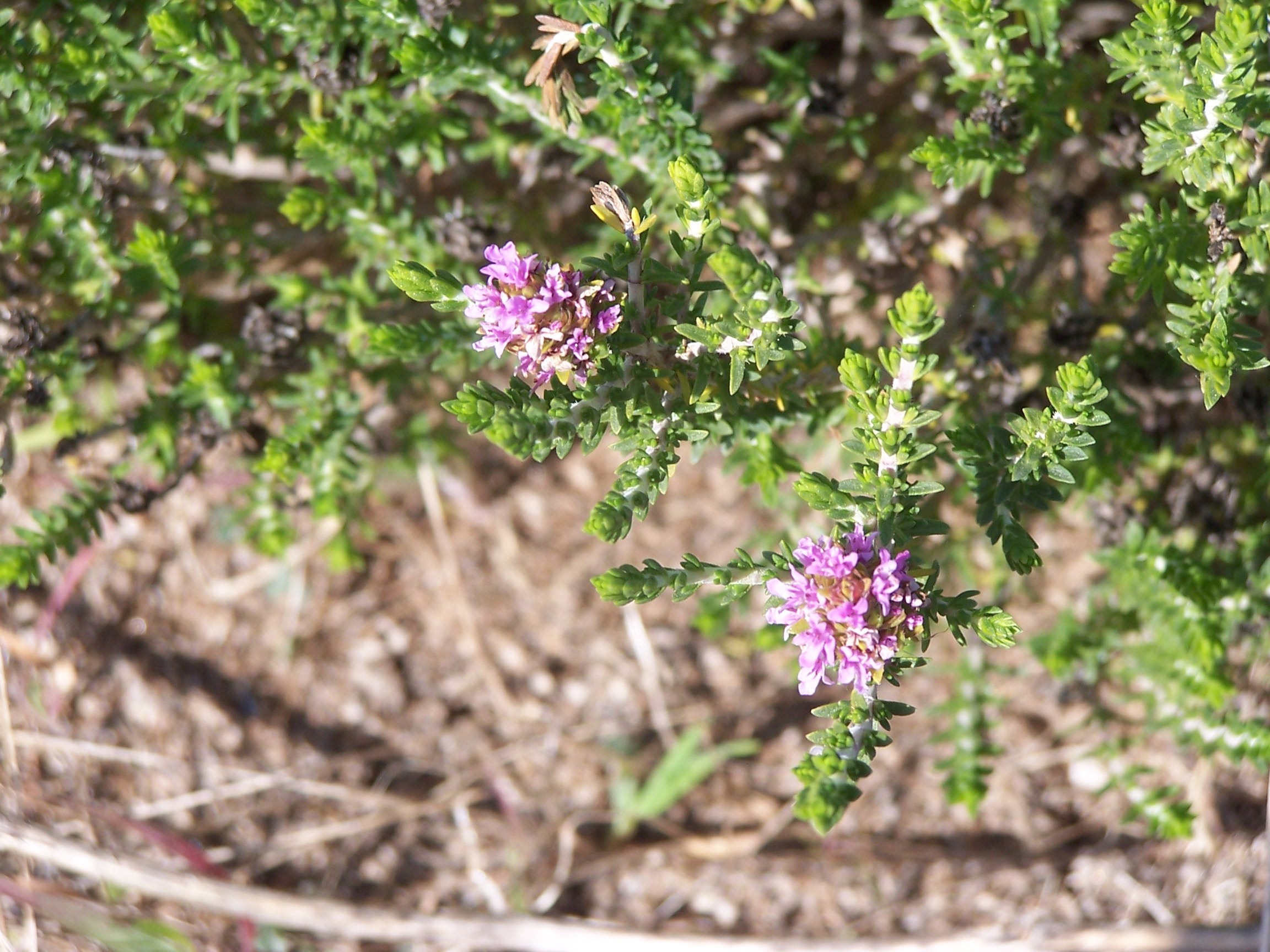Curiosities - Seeds and fruits
17th June, 2021 – WORKSHOP FOR THE SEED AND BERRY HARVEST ON THE MARBELLA DUNES
Organised by Cantueso Natural Seeds S.L., Córdoba
On 17TH June 2021 we were briefed on the ripening times and seasons of the different autochthonous species found both in the Natural Monument “Dunas de Artola” and in the Ecological Reserve-Dunas de Marbella.
This workshop was very timely and necessary because it has been very difficult for our group of biologists and volunteers to catalogue the time that each species of shrub reached its maximum point of ripeness. The group had monitored the bushes for quite some time in an attempt to gauge this moment so Cantueso’s class came just in time.
We have seen over the years that nature on the Costa del Sol and, specifically, in its dune environments, behaves in a totally different way than in the Cádiz area (Atlantic environment) or in the interior of Andalusia. However, this knowledge is very valuable and teaches us once again that nature has its own laws, is governed by its particular environmental parameters, producing it natural cycles depending on the geographical location. Various climatic factors intervene in phenology, which include the study and observation of the different stages of reproductive and vegetative development of plants.
The harvesting of seeds and / or berries is a complex science. The processing of the material we collect requires in-depth knowledge and facilities according to its complexity to distinguish and separate those seeds suitable for reintroduction back into the dune area, from those others that unfortunately do not have the appropriate genetic quality and must be rejected.
The philosophy of both organisations – Cantueso Natural Seeds and ProDunas Marbella – coincide in a deep respect for nature and the recognition that we must become its partners to be able to return this new biodiversity to the dune environments, having received from that same nature the seeds and / or berries.
A VIDEO FOR OUR MEMORIES – 28th February 2021 – EVENT IN ARTOLA
28th February 2021
EVENT – SPREADING NEW BIODIVERSITY
AT THE NATURAL MONUMENT “DUNES OF ARTOLA”, Cabopino
Of course we were lucky – 72 people had signed up and very few gave up because of the horrible weather! The forecast was for some rain, but while we were in the Natural Monument “Dunas de Artola” area it held off. Good warm clothing was however needed!
All the nature lovers came with a positive attitude, delighted to be out in the dunes and with a wish to help spread new life. We handed out the 50 bags full of seeds contributed by the Cantueso Natural Seeds family of Córdoba.
We explained to everyone how to sow the different seeds. Sowing seed in sandy soils is both easier and more complicated. If the seeds are left uncovered on the surface, birds will see and eat them. Other small animals also like berries and will eat them before they get a chance to germinate. On the other hand, if they are buried too deeply and the grain size of the sand is too fine, the seeds get buried, find it too difficult to reach the light, not have time to germinate, and rot. It is a tight scientific balance! In a year or so (we hope) we will be able to see the results of today’s work in the new biodiversity.
The participants even offered to do a little garbage collection – you have to see it to believe what was found in this precious and valuable natural environment! Everyone agrees that we have to come back to the Artola Natural Monument area again as there is still a lot of garbage left.
Fermín, our camera-friend, filmed today’s different groups at work and very soon we will be able to see what the camera caught. For the moment, our warm thanks to all of you who chose to ignore the weather and come out to enjoy the day with us.
BRIEF EXPLANATION OF THE SEED CONSERVATION PROCESS IN CANTUESO NATURAL SEEDS, Córdoba
When the ripe berries or seeds arrive in Cantueso Natural Seeds, they are hard so, depending on how mature they are, they must be soaked in water for a day or two to soften them. Once they are softened, they are crushed with a manual blade shredder so as not to cause damage to the kernels.
These seeds will float. Any that do not, that sink, are eliminated because they are not in the optimal conditions sought. The healthy seeds are then sun-dried naturally and once the moisture has been evaporated, they are transferred to special ovens to finish the drying process at a controlled temperature.
When the seeds are dry, they are passed through a densimetric measuring table to carry out a further selection, this time of density, to leave only the perfectly ripe or “set” seeds, that is, the heaviest ones. Then they go to the laboratory where a sample is taken and the viability is studied and another sample is studied to determine the germination level.
Once all the laboratory data has been processed, the seeds are stored in a cold room with plenty of light and in a constant temperature of between 3° and 5° centigrade. There they wait until they are re-introduced into degraded areas that need to be re-developed with new biodiversity. The ProDunas Marbella Association will work on this in all the dune environments of the Ecological Reserve-Dunas de Marbella and in the Natural Monument “Dunas de Artola”, Cabopino, the western Costa del Sol.
JUNIPER POLLINATION (Juniperus macrocarpa)
In La Adelfa dune there are several specimens of Maritime Juniper that do not have fruit. This is because they are young specimens and have not yet flowered. Fruit is found on some branches and not on others for the same reason. The fruit can have different colours depending on the year and their state of maturity.
Each specimen has branches with male flowers and branches with female flowers when mature. The male flowers produce pollen, which pollinates the female flowers, giving galbule-like fruits.
Pollination is mainly by wind.
SHORT EXPLANATION ON THE DIFFERENCE BETWEEN JUNIPERS AND SABINAS IN DUNAR ENVIRONMENTS
Sabina (Juniperus turbinata)
Junipers have overlapping leaves like roof tiles and are soft to the touch.
Maritime juniper (Juniperus macrocarpa)
Junipers have spiky leaves with one or two white stripes.
They belong to the cupresaceae family.
- Juniper phoenicea is a monoecious species, which means that the male, small and terminal flowers coexist on the same arboreal foot with the female, auxiliary ones, which after two years mature into cones of up to 14 mm, ovoid, waxy green and toning into a dark red finish. The male flowering branches have cones in the axils of the leaves, which produce a lot of pollen that is dispersed by the wind in spring.
- Large-fruited Juniper is a dioecious plant, the solitary and cylindrical male cones are on different bases from the female ones and it is distinguished by its needle-like leaves with two white bands on the upper face and its mature cones of between 7 and 15 mm, formed by 3 fleshy scales, welded together. They house 3 seeds. They go through different colours to black in their second year of maturation
It is not unusual to find galbules in different stages of maturity on the plant.
Author: Flor Truchero
THE INTERESTING FUTURE FOR BIODIVERSITY IN OUR DUNE ENVIRONMENT
A door has just opened unexpectedly for us to work directly and take part in spreading the beautiful biodiversity which we have in the dune environments in the Natural Monument “Dunas de Artola”, as well as in the Ecological Reserve-“Dunas de Marbella”.
A family business situated in Cordoba has, for many years, been enthusiastically collecting, producing (organic crops) and commercialising the seeds and fruit of our Spanish wild native plants (more than 850 different species). They form part of the official Collaborating Entity of the Ministry of Agriculture, Livestock, Fisheries and Sustainable Development. Their interest is mainly focused on the Mediterranean area which is where our Association comes in, as we look after 500,000 m² of dune environment, stretching from the Natural Monument “Dunas de Artola” to the Ecological Reserve-Dunas de Marbella.
The project of Collecting Seeds and Fruits of the Native Dune flora will be a demanding and beautiful challenge, since we will become part of ensuring that the biodiversity prospers and spreads throughout all these dune environments, by reintroducing seeds from different native plant species to the targeted areas.
We are preparing annual collection programs, 8 native species per year for three years, for their re-introduction to the different ecosystems along the coastline of the Costa del Sol.
Biodiversity is life and the seeds of our native wild flora will bring biodiversity
There are some dune areas that still need a profound landscape restoration and where it will be especially satisfying to see how man’s intervention can be positive. Botanic biodiversity using genetically healthy, thriving plants encourages pollination of the vegetation, which in its turn shelters the entomofauna that includes insects and other arthropods.
At the same time, phytogenetic traceability is guaranteed thanks to strict control exercised by the Ministry of Agriculture, Livestock, Fisheries and Sustainable Development. The pertinent authorisations extended to ProDunas will provide the basis for guarantees regarding specific conservation and / or the reintroduction projects for the selected species.
This joint collaboration must be a lasting project. This is why our Association is seeking to work with different Spanish universities, some of which are already visitors to the Marbella dunes; organisations involved in research into genetic improvement, as well as schools, foundations and companies in general who would like to get involved in this amazing project.
Working together like this will ensure the advancement in understanding the autochthonous flora.
We would like to make it clear that involvement by third parties in this project will always be on an altruistic basis.
Would you like to join up as a volunteer?
LIST OF PLANTS PROPOSED FOR SEED COLLECTION
FIRST THREE-YEAR PERIOD: 2020-2023
| 2020-2021 | 2021-2022 | 2022-2023 |
|
1º – Ammophila arenaria 2º – Helichrysum stoechas 3º – Juniperus turbinata 4º – Juniperus macrocarpa 5º – Pancratium maritimum 6º – Pistacea lentiscus 7º – Rosmarinus officinalis 8º – Thymus vulgaris/Thymbra capitata
|
9º- Centaurea sphaerocephala 10º- Cyperus capitatus 11º- Delphinium nanum 12º- Echium gaditanum 13º- Eryngium maritimum 14º- Ononis ramosissima 15º- Pseudorlaya pumila 16º- Verbascum thapsus |
17º- Allium roseum 18º- Asphodelus aestivus 19º- Cakile maritima 20º- Paronochia argentea 21º- Lavatera cretica 22º- Lobularia maritima 23º- Otanthus maritimus 24º- Retama monosperma blanca |
Do you want to receive our Newsletter?
Do you want to become a member or be our friend of the dunes?
Asociación ProDunas Marbella
La Asociación trabaja incesantemente en defensa y preservación de los singulares ecosistemas aún existentes en los entornos naturales con dunas en la Provincia de Málaga; impulsa la protección de su flora autóctona y pequeña fauna silvestre; fomenta la recuperación, rehabilitación y conservación de la interesante biodiversidad en las zonas dunares del municipio de Marbella.
